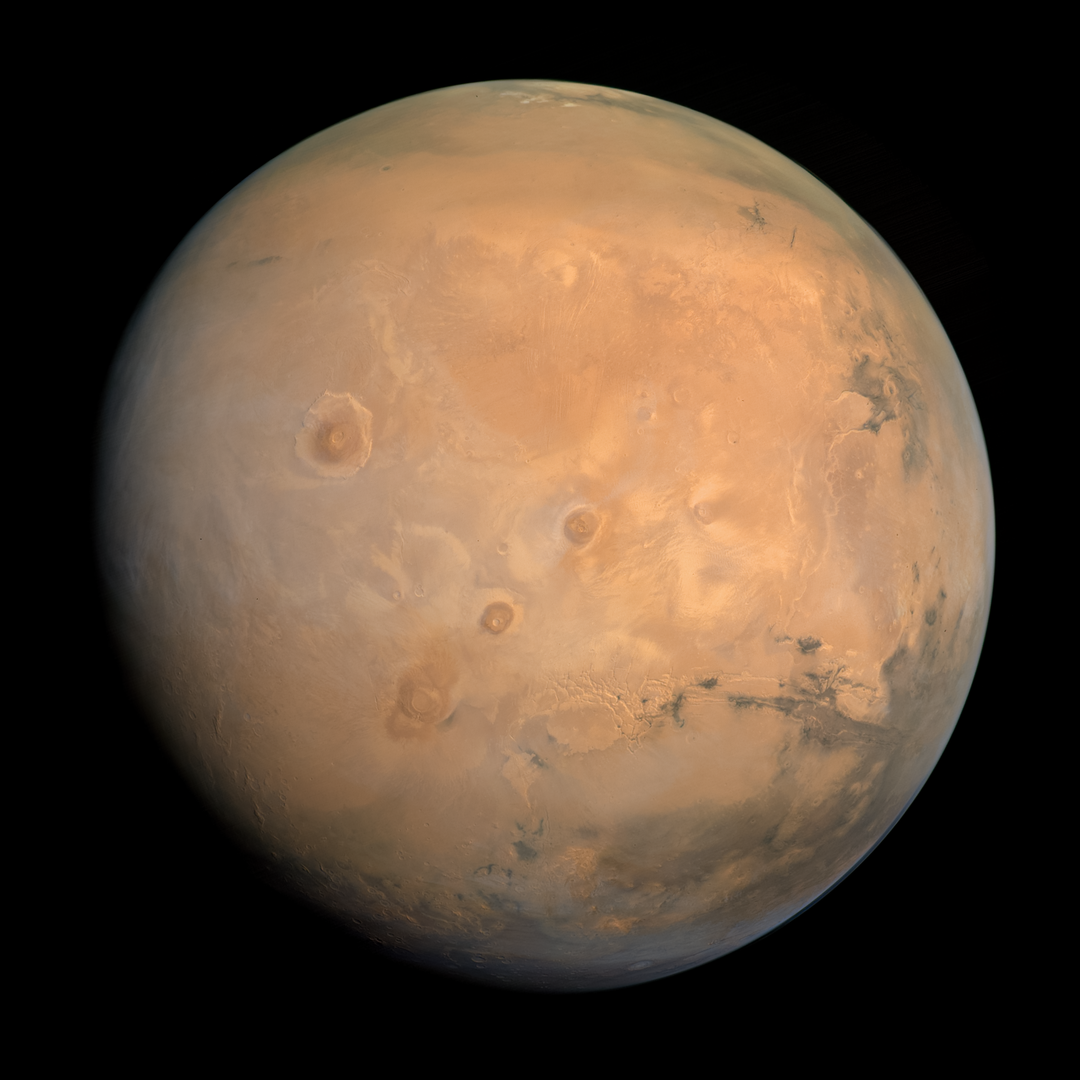
Is it possible that Mars could have once been warm enough to support life? New research suggests that volcanic emissions billions of years ago may have created a greenhouse effect that made the red planet surprisingly hospitable, challenging our understanding of early Martian climate. The key lies in unusual sulphur compounds that ancient Martian volcanoes released into the atmosphere.
Continue reading
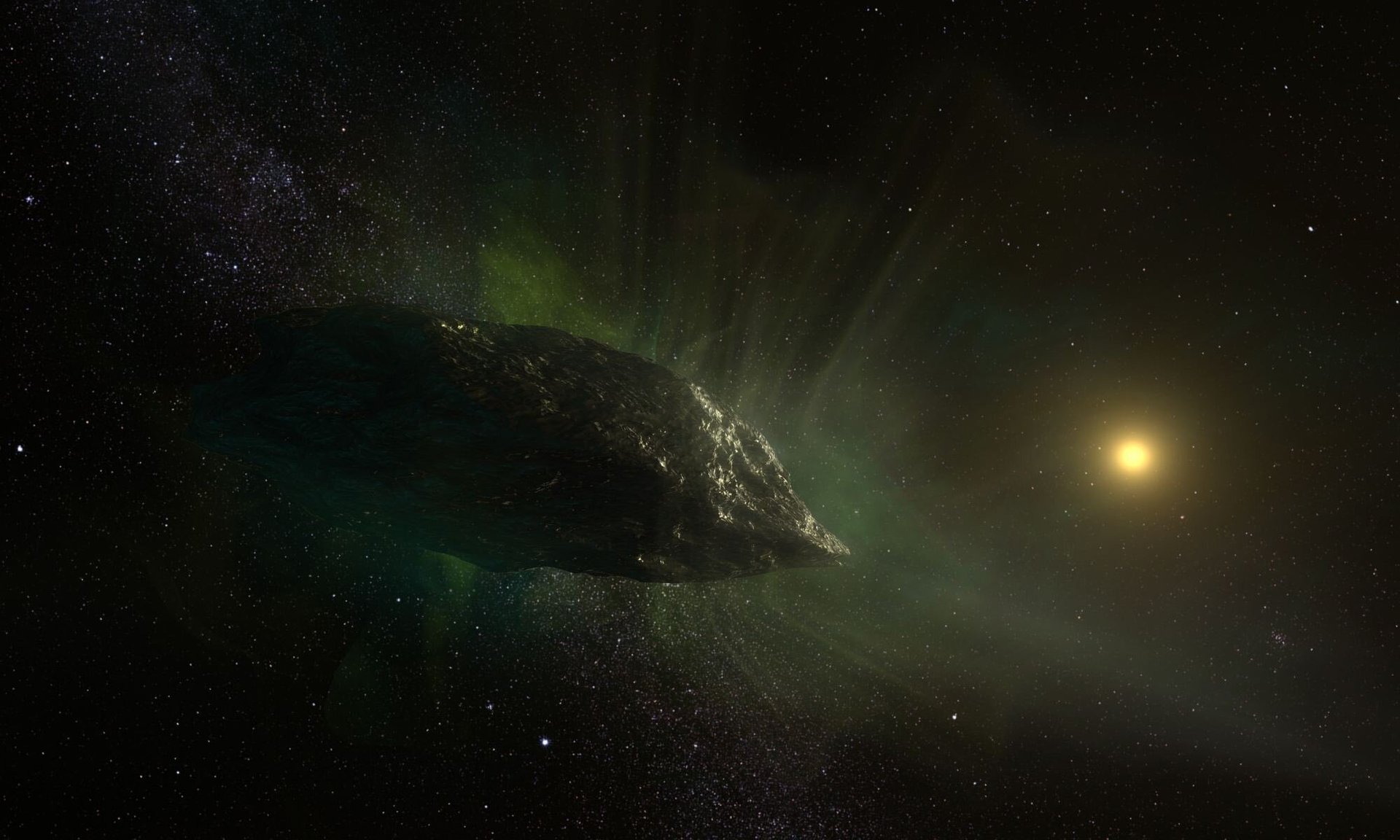
The earliest images of 3I/ATLAS, newly uncovered by Michigan State University, reveal how the interstellar object evolved as it traveled through our solar system—and how other distant solar systems might be different from our own.
Continue reading

What are the constants of nature? What do they do? What do they tell us…and what do they not tell us?
Continue reading
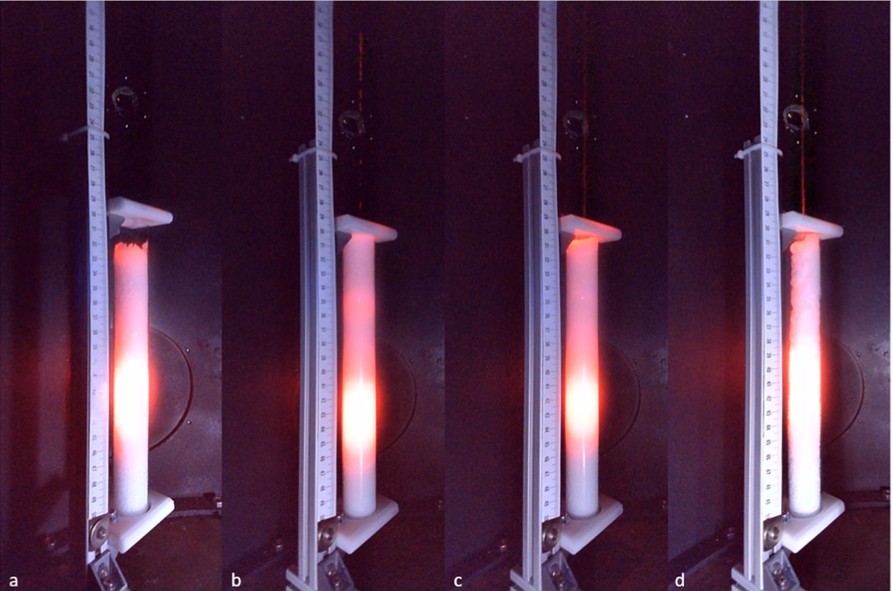
Lasers aren’t just useful for entertaining cats or pointing out features of powerpoint slides. They can also drill holes on icy extraterrestrial bodies from comets to Mars polar caps. At least according to a new paper in Acta Astronautica by researchers at the Technical University of Dresden, who describe a new laser drill for use on icy surfaces throughout our solar system.
Continue reading
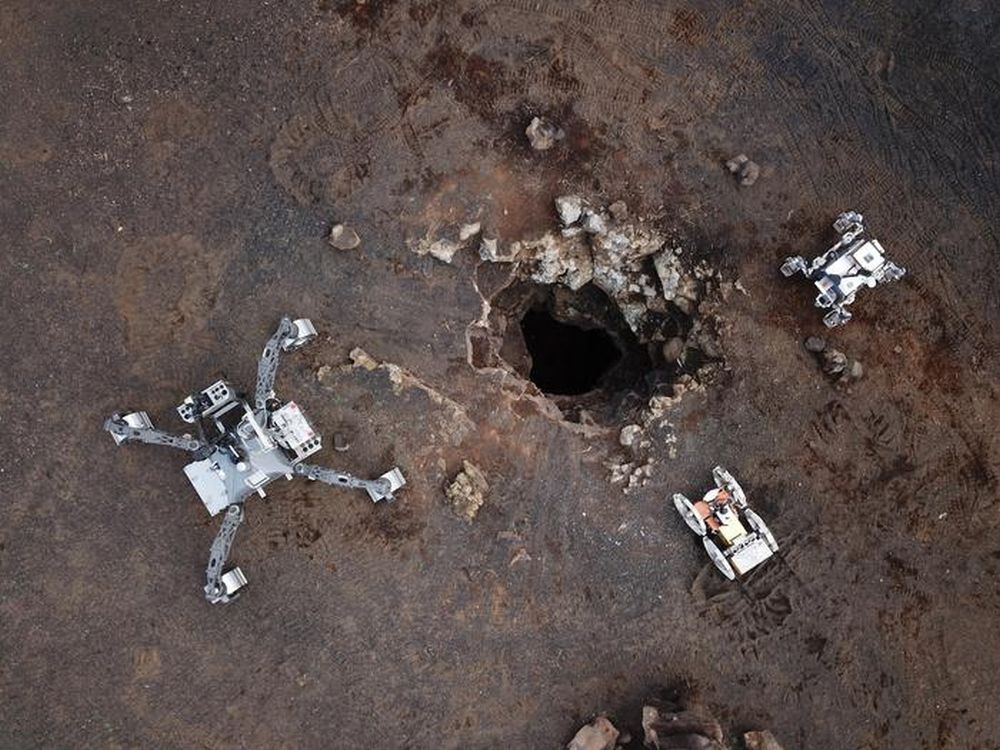
Seeking refuge in caves is natural. Animals do it, and so did our ancestors. Future lunar astronauts may do the same when they visit the Moon. Lunar caves can provide protection from the harsh radiation that bathes the Moon, the wild temperature swings on its surface, and from meteorites that can damage spacesuits and equipment. But these caves need to be explored first, and new research outlines how a team of three diverse robots working together could do the job.
Continue reading
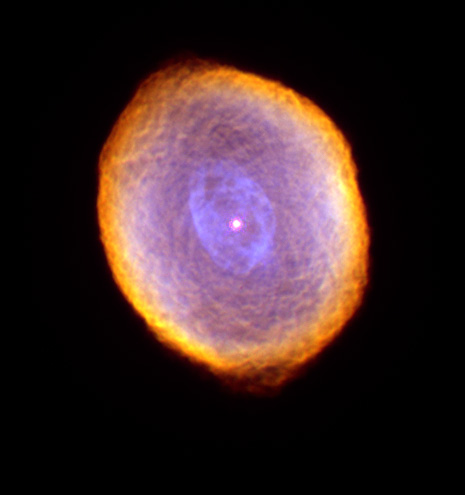
A study published in a recent edition of Astrophysical Journal Letters by researchers at the University of Manchester and Hong Kong University has charted the growth and evolution of IC418, spanning observations going all the way back to years after its discovery in the late 19th century.
Continue reading
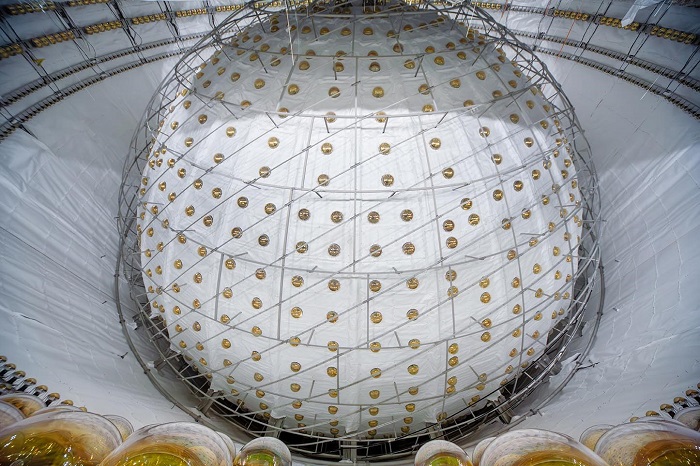
Neutrinos are one of the most enigmatic particles in the standard model. The main reason is that they’re so hard to detect. Despite the fact that 400 trillion of them created in the Sun are passing through a person’s body every second, they rarely interact with normal matter, making understanding anything about them difficult. To help solve their mysteries, a new neutrino detector in China recently started collecting data, and hopes to provide insight on between forty and sixty neutrinos a day for the next ten years.
Continue reading
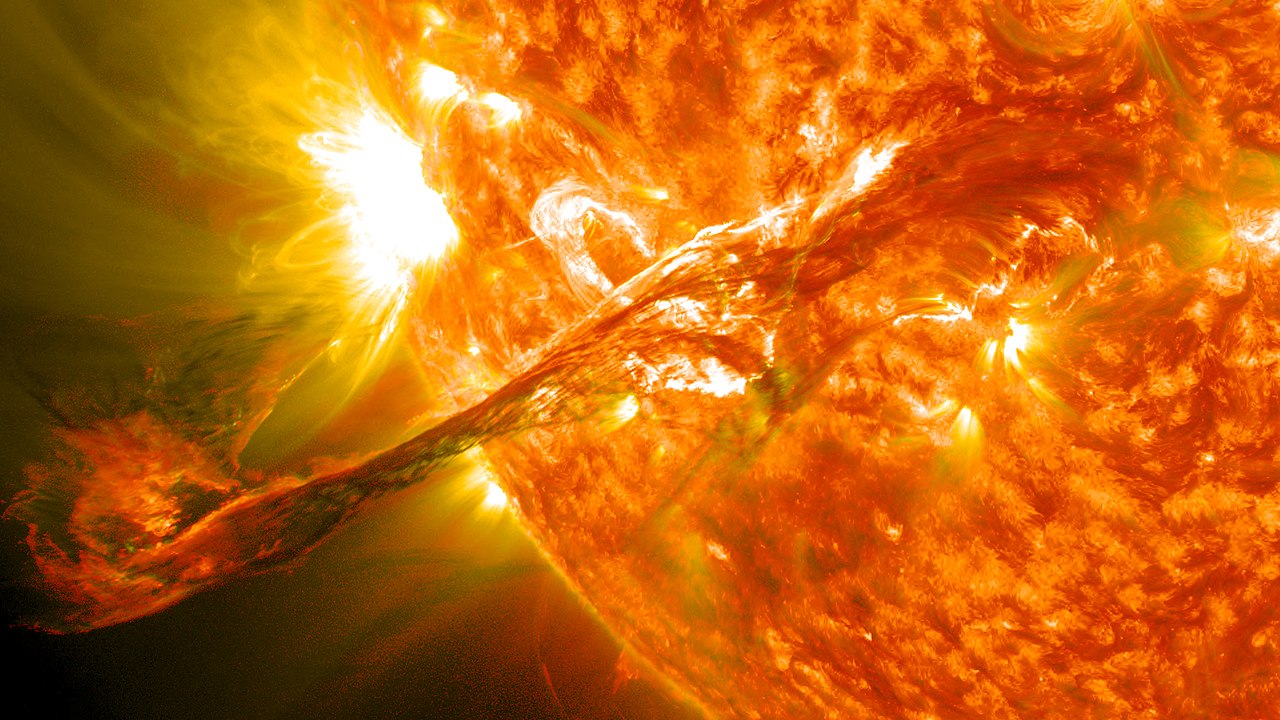
Just as Earth has its four familiar seasons, our Sun experiences its own version of seasonal cycles that affect life on our planet. But unlike Earth's yearly rhythm, the Sun's "seasons" unfold over an 11 year magnetic cycle that scientists are now understanding in entirely new ways.
Continue reading
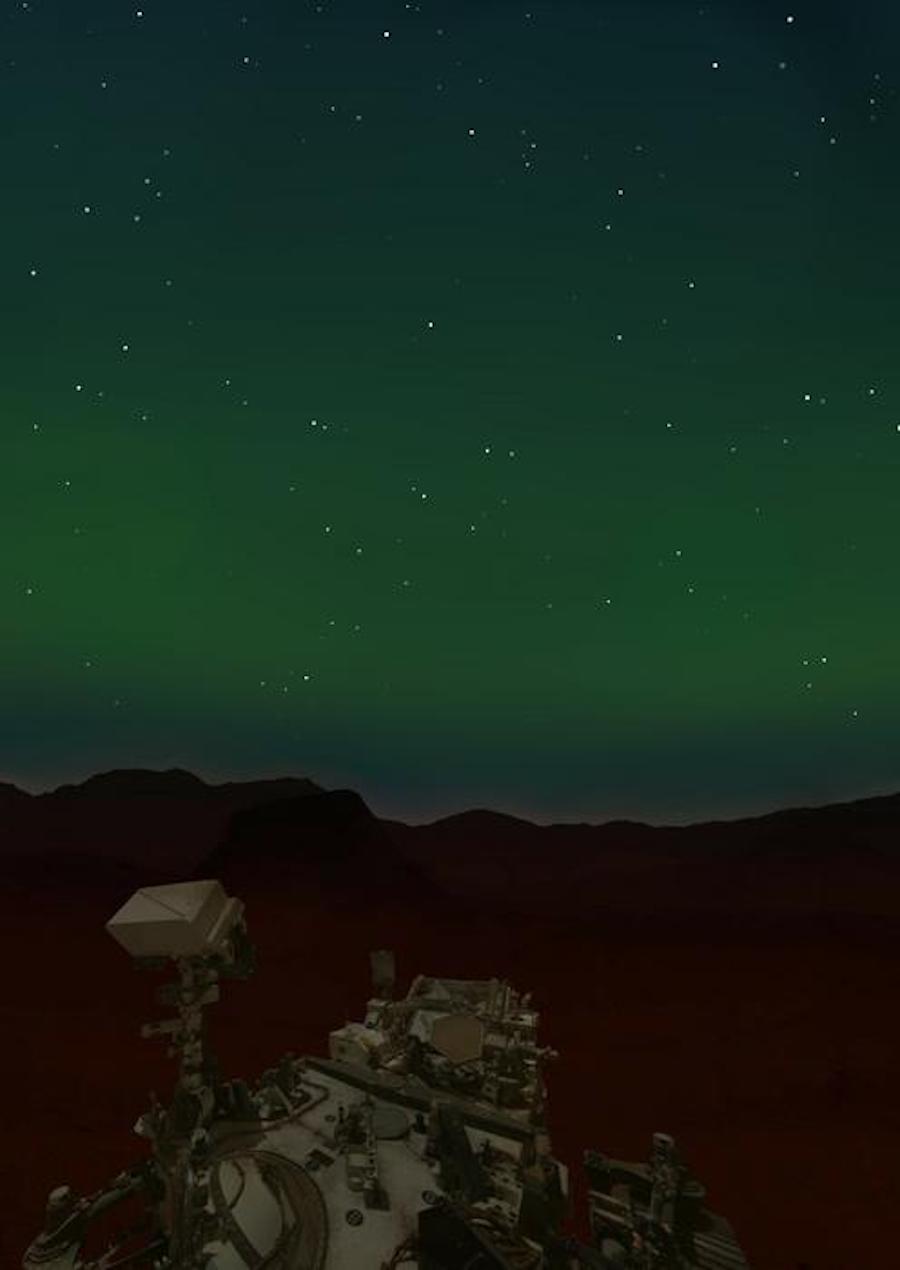
For the second time in history, the gentle glow of the aurora has been captured in Mars's night sky. It’s a phenomenon we enjoy here on Earth and we can, to a varying degree of success predict its appearance. Now a team of scientists are learning how to predict when these spectacular light shows will happen on Mars too. It's a breakthrough that could one day help protect future astronauts on the red planet while also helping us to understand these beautiful displays work in alien skies.
Continue reading
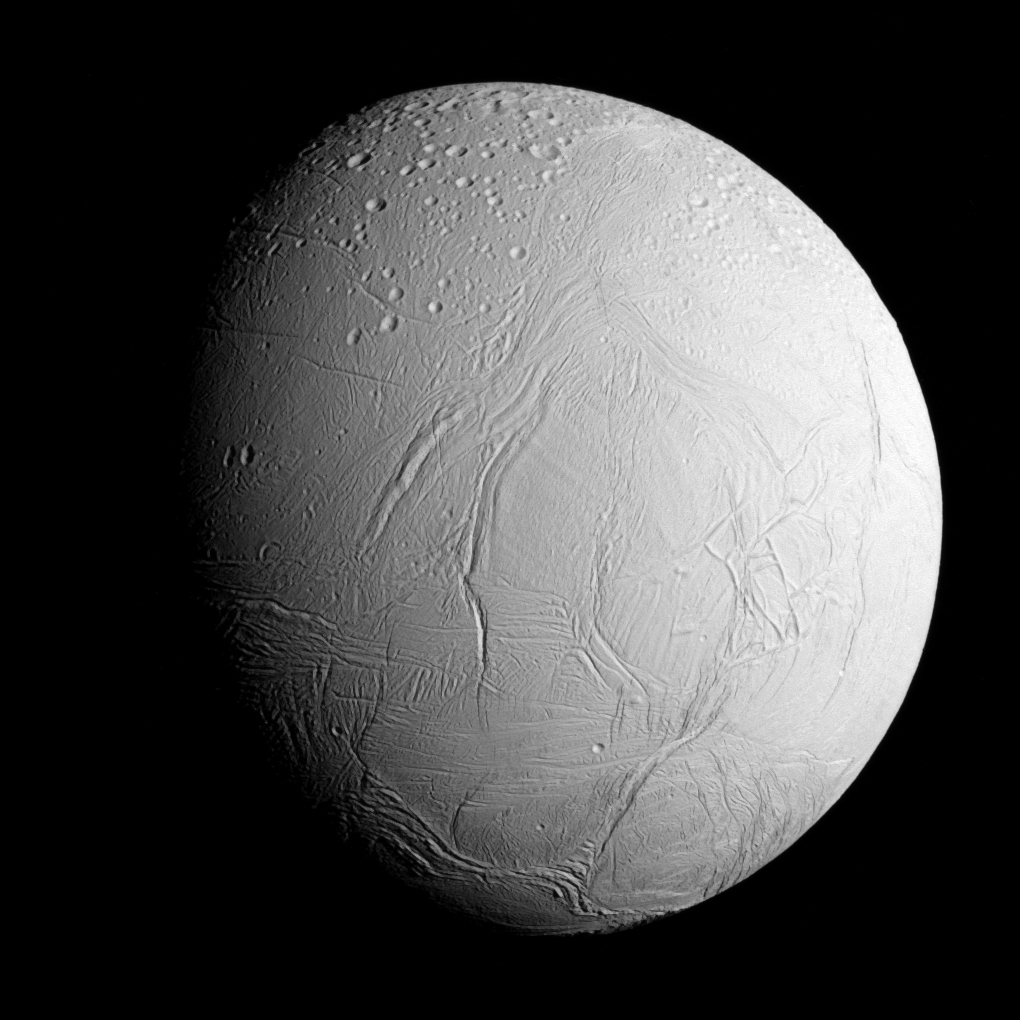
I still remember the first time I saw Saturn through a 10 inch telescope when I was ten years old. It looked just like it did in pictures, a pale yellow disk circled by its stunning ring system. What I couldn't see then were Saturn's moons, including the small, icy world of Enceladus that has since become one of the most exciting targets in the search for life beyond Earth. This tiny moon shoots spectacular plumes of water from cracks in its frozen surface, plumes that contain organic molecules. But a new study suggests we shouldn’t get too excited about what these molecules actually tell us about the possibility of life.
Continue reading
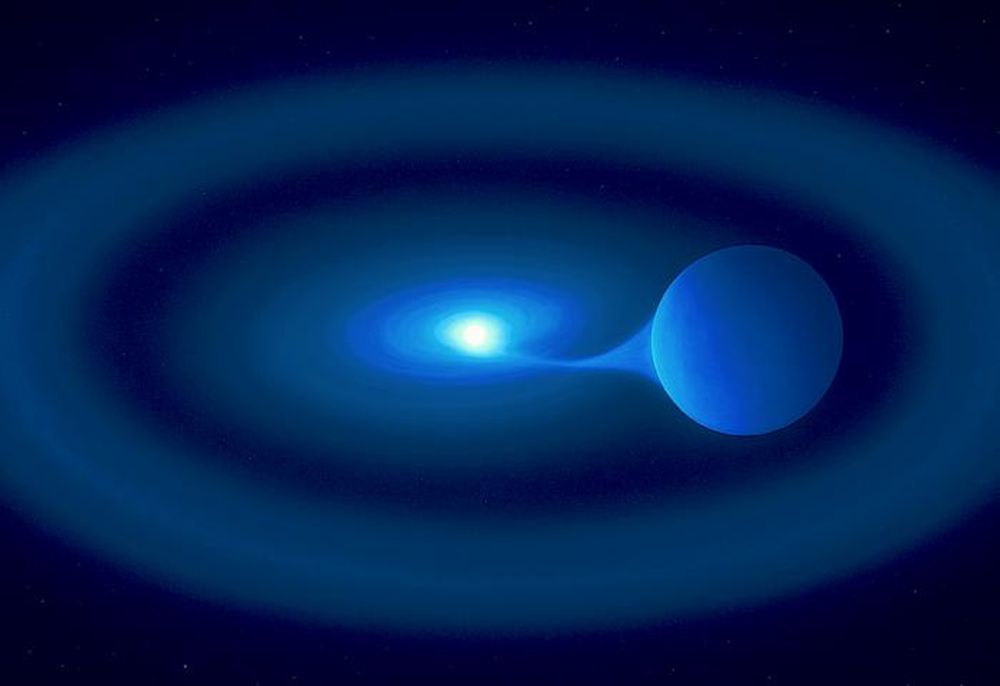
A binary star that has puzzled astronomers for decades may finally be explained. The accretor star is sucking material from its donor star so rapidly that it can't contain it all and is forming a bright, circumbinary ring.
Continue reading
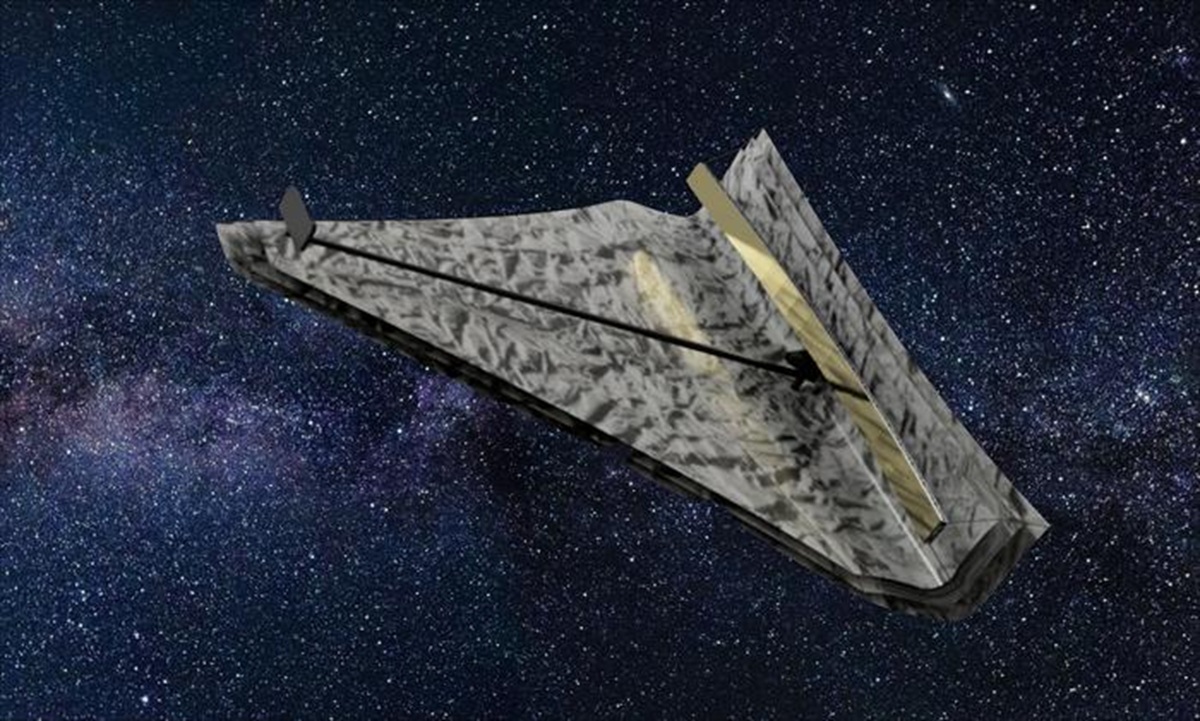
In a new study, a team led by [Prof. Heidi Newberg](https://faculty.rpi.edu/heidi-newberg) from the [Rensselaer Polytechnic Institute](https://www.rpi.edu/) (RPI) recommended building a telescope with a triangular mirror rather than a traditional circular one. Such a telescope could greatly aid in the search for Earth analogs around nearby stars.
Continue reading
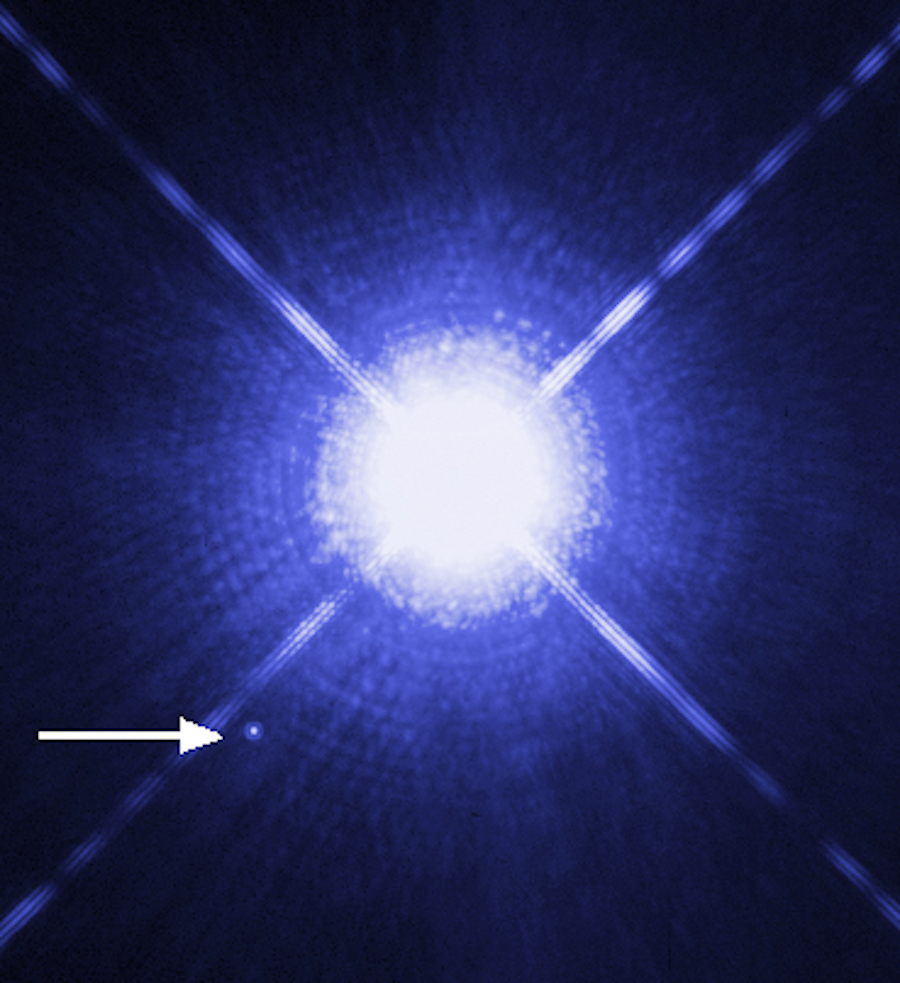
It’s really quite reasonable to assume the stars don’t move! Indeed that was the opinion of our ancestors however we now know they are far from stationary. Imagine a star racing through space so fast it could travel from Earth to the Moon in just three minutes. These are known as hypervelocity white dwarfs and they have puzzled astronomers for years. Now, a team of researchers have finally cracked the mystery of how they get launched at such incredible speeds.
Continue reading
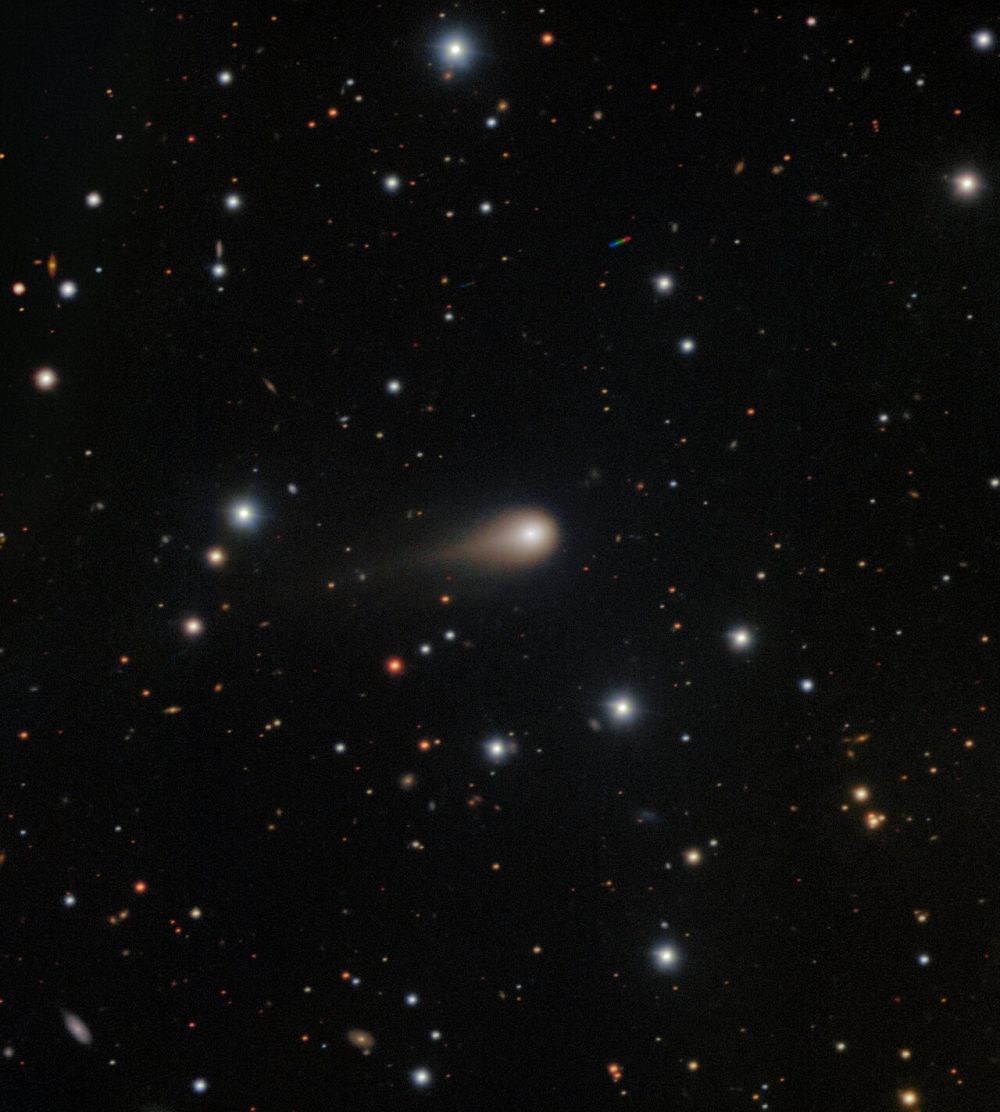
When an interstellar object (ISO) travels through our inner Solar System, the immediate question is "Where did it come from?" There are only fleeing opportunities to study these, since their trajectories take them out of the Solar System pretty quickly. A new research effort aims to understand where the most recent ISO, 3I/ATLAS, originated.
Continue reading
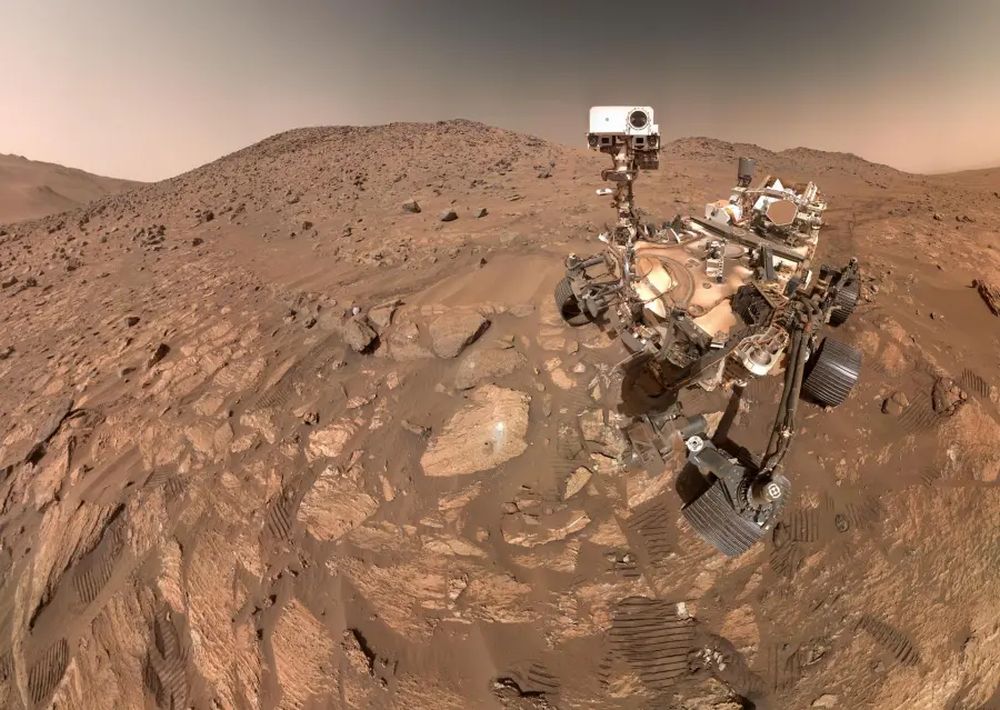
NASA Says Mars Rover Discovered Potential Biosignature Last Year - https://www.nasa.gov/news-release/nasa-says-mars-rover-discovered-potential-biosignature-last-year/
Redox-driven mineral and organic associations in Jezero Crater, Mars - https://www.nature.com/articles/s41586-025-09413-0
Continue reading
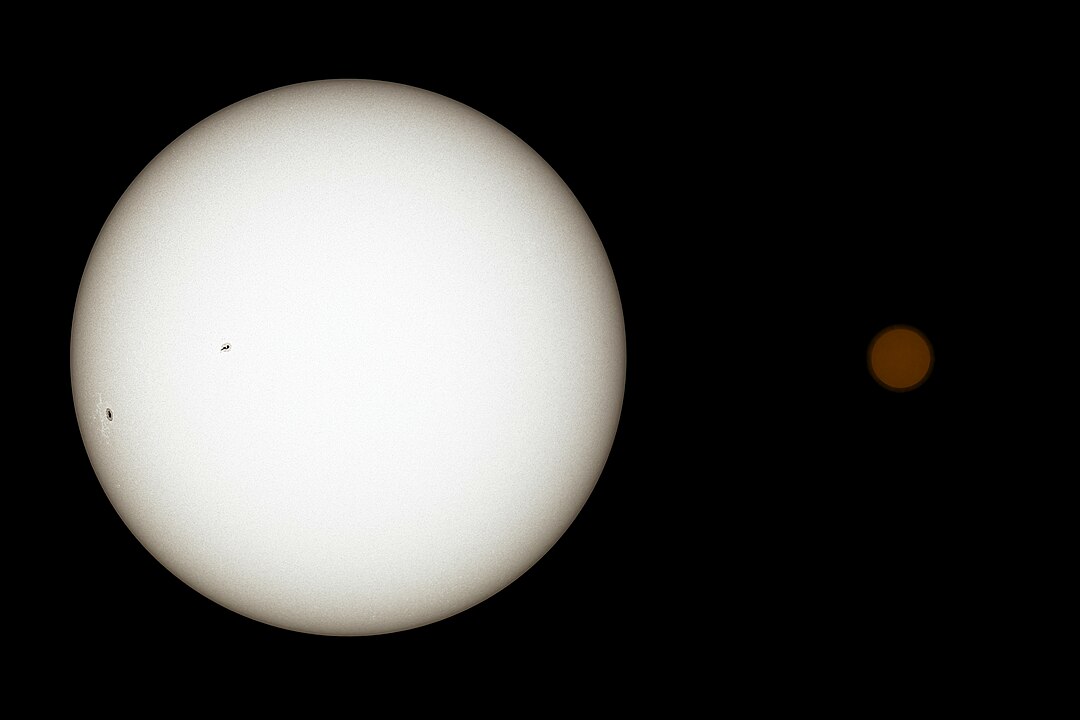
Are we alone in the universe? It’s a question that has, despite extensive and sometimes ingenious attempts, yet to be answered. In one of the most ambitious searches for extraterrestrial intelligence ever conducted, Chinese scientists have used the world's largest radio telescope to scan the famous TRAPPIST-1 star system for signs of alien technology. The Five hundred metre Aperture Spherical Telescope is the world's largest single dish radio telescope, and the search for extraterrestrial intelligence (SETI) is one of its five key science objectives.
Continue reading
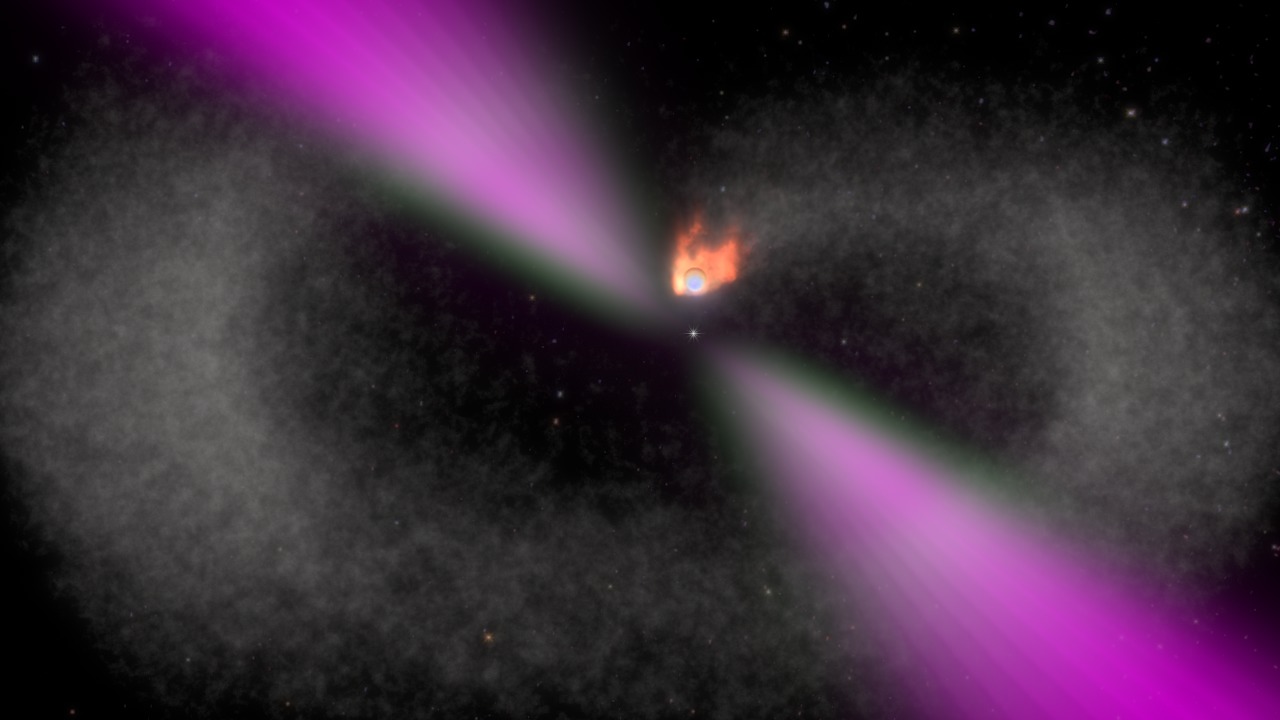
Science advances through data that don’t fit our current understanding. At least that was Thomas Kuhn’s theory in his famous On the Structure of Scientific Revolutions. So scientists should welcome new data that challenges their understanding of how the universe works. A recent paper, available in pre-print on arXiv, using data from the James Webb Space Telescope (JWST) might just have found some data that can do that. It looked at an exoplanet around a millisecond pulsar and found its atmosphere is made up of almost entirely pure carbon.
Continue reading
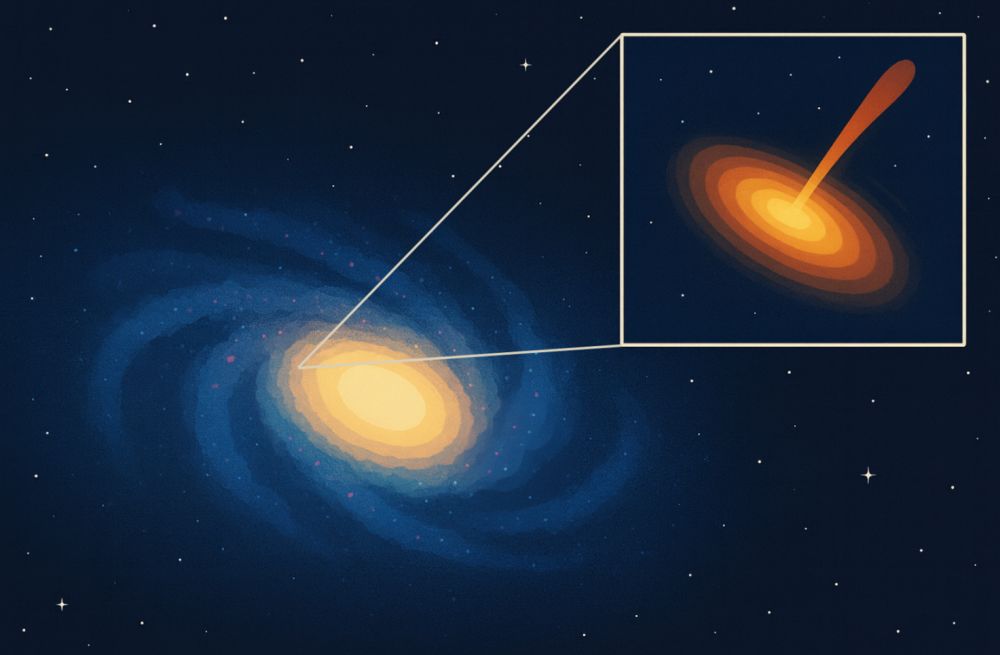
Traditionally, black holes are usually thought to reside at the centers of galaxies. However, a research team led by Dr. An Tao from the Shanghai Astronomical Observatory of the Chinese Academy of Sciences has discovered a wandering black hole in a dwarf galaxy located about 230 million light-years away.
Continue reading
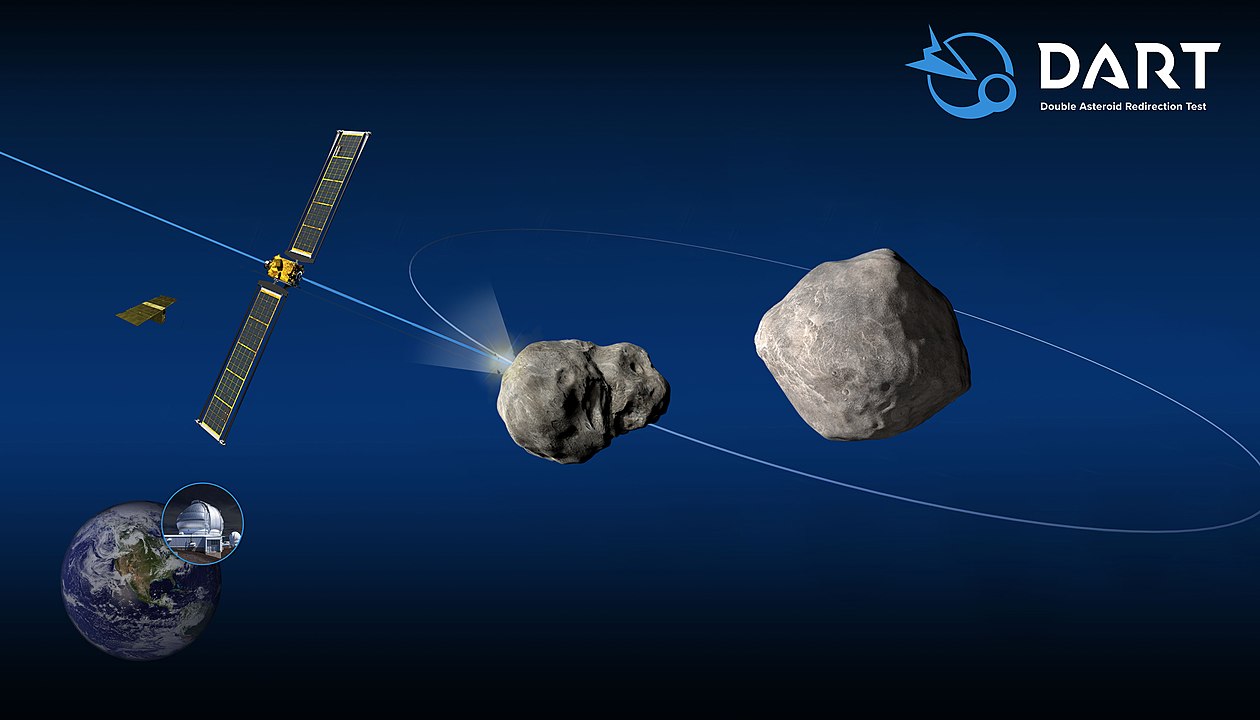
It was a chilly night when I peered through my 10” Meade LX200 telescope from Norfolk in the UK! I wasn’t completely convinced it would appear nor even be visible but bang on the prediction, asteroid 2002 MN drifted by my field of view and I was amazed at how accurately we could predict its path! That precision in tracking asteroid trajectories has become even more critical now that we're actively exploring how we can deflect them. A team of scientists have made a discovery about asteroid deflection that's both fascinating and sobering at the same time. Hit an asteroid in the wrong spot, and you might accidentally steer it through a "gravitational keyhole" that sending it back toward Earth years later.
Continue reading
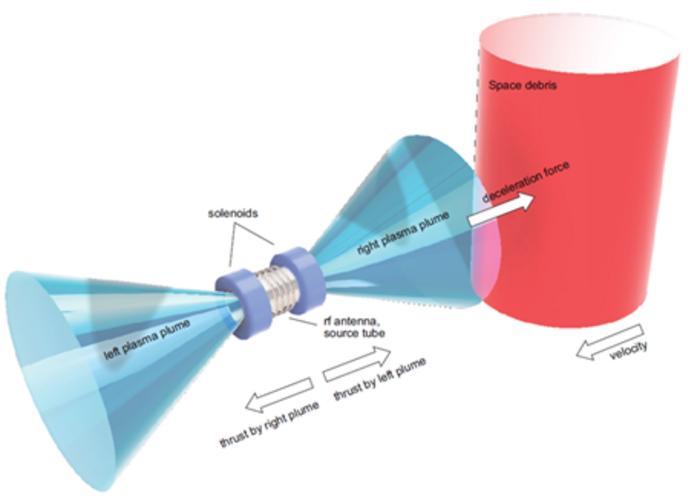
There are plenty of labs working on solutions to Kessler Syndrome, where there’s so much debris in low Earth orbit that rockets are no longer capable of reaching it without being hit with hypersonic parts of defunct equipment. While we haven’t yet gotten to the point where we’ve lost access to space, there will come a day where that will happen if we don’t do something about it. A new paper from Kazunori Takahashi of Tohoku University in Japan looks at a novel solution that uses a type of magnetic field typically seen in fusion reactors to decelerate debris using a plasma beam while balancing itself with an equal and opposite thrust on the other side.
Continue reading
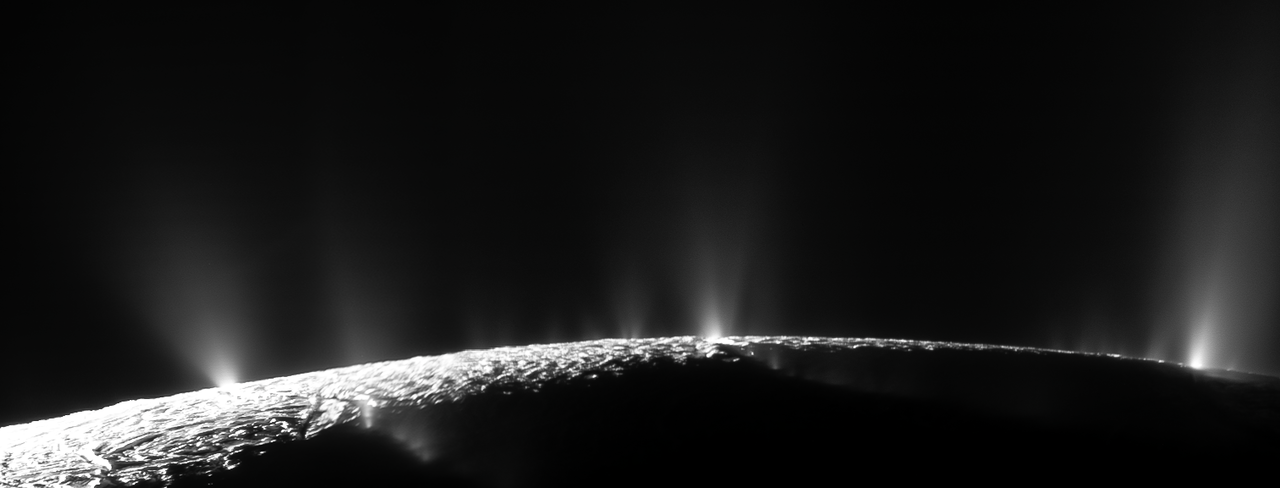
As someone who has lectured for more years than I care to remember and written books about space, I've grown accustomed to constantly rewriting sections as new discoveries emerge. The discovery of the dwarf planet Makemake led to such rewrites, but until now we didn't know much about this elusive world. A team of scientists at the Southwest Research Institute has recently changed that with their detection of methane gas on Makemake using the James Webb Space Telescope. It's exactly the kind of discovery that sends authors like me back to the drawing board, because this finding doesn't just add another detail to Makemake's story, it fundamentally changes how we view these distant worlds.
Continue reading
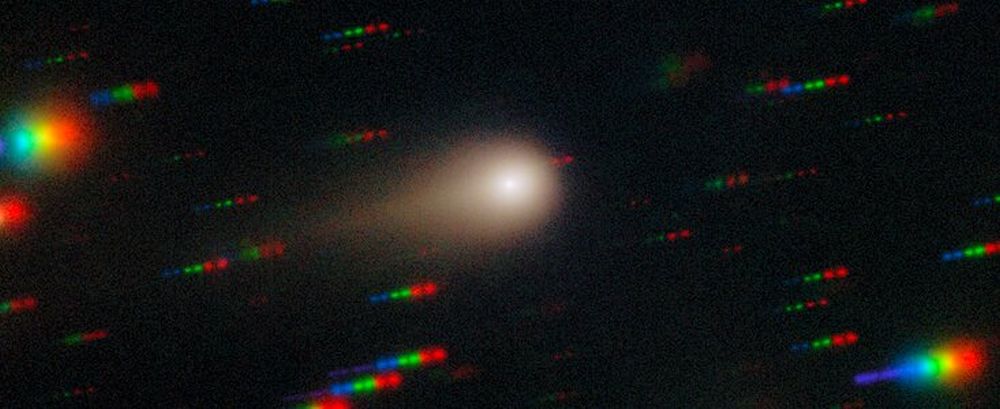
Interstellar comets are rare, and astronomers don't like to miss an opportunity to observe one. Now the Gemini South Telescope has taken a turn at imaging Comet 3I/ATLAS, the visitor from another star system. The images help show that the comet's tail is growing as it approaches the Sun.
Continue reading
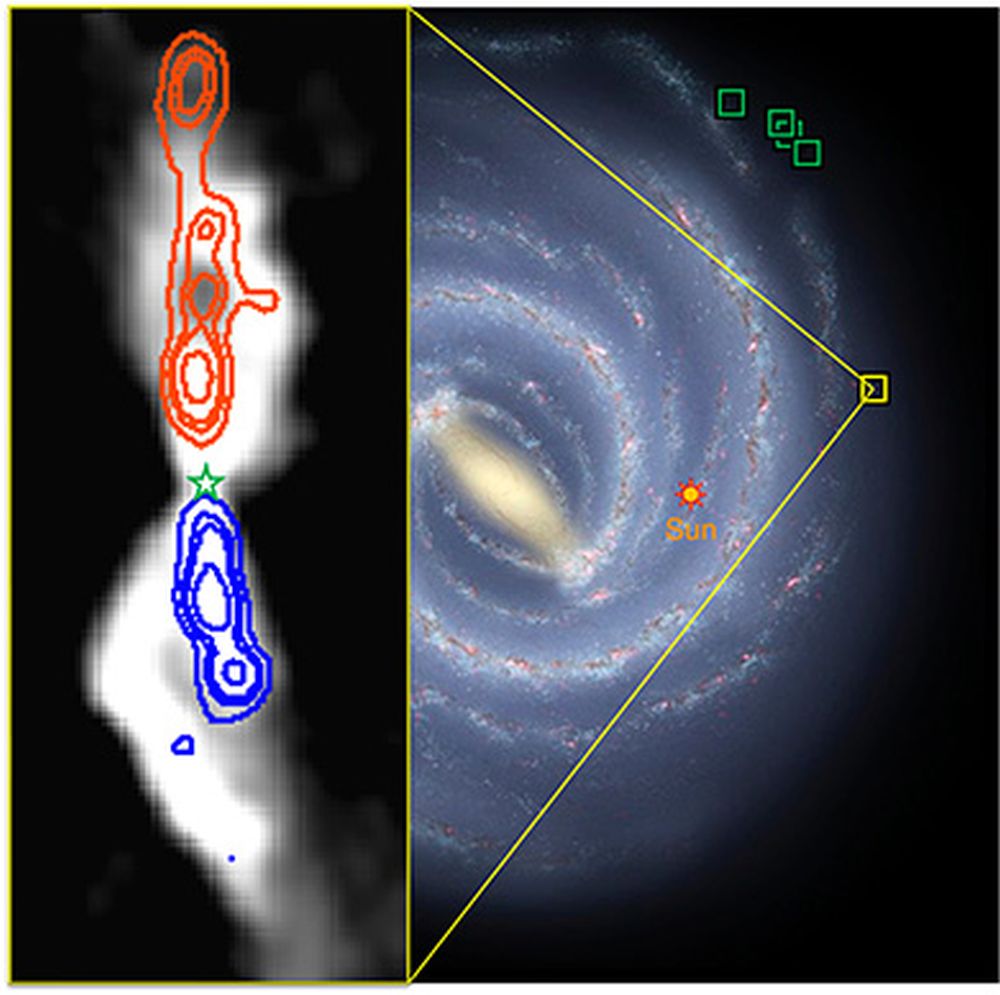
A team of Japanese astronomers has detected protostellar outflow jets in the outer regions of the Milky Way. This is the first detection of this type of jets in this part of the galaxy. Since this part of the galaxy is similar to the more ancient Universe, it's evidence that star formation in the modern Universe is similar to star formation in the ancient Universe.
Continue reading
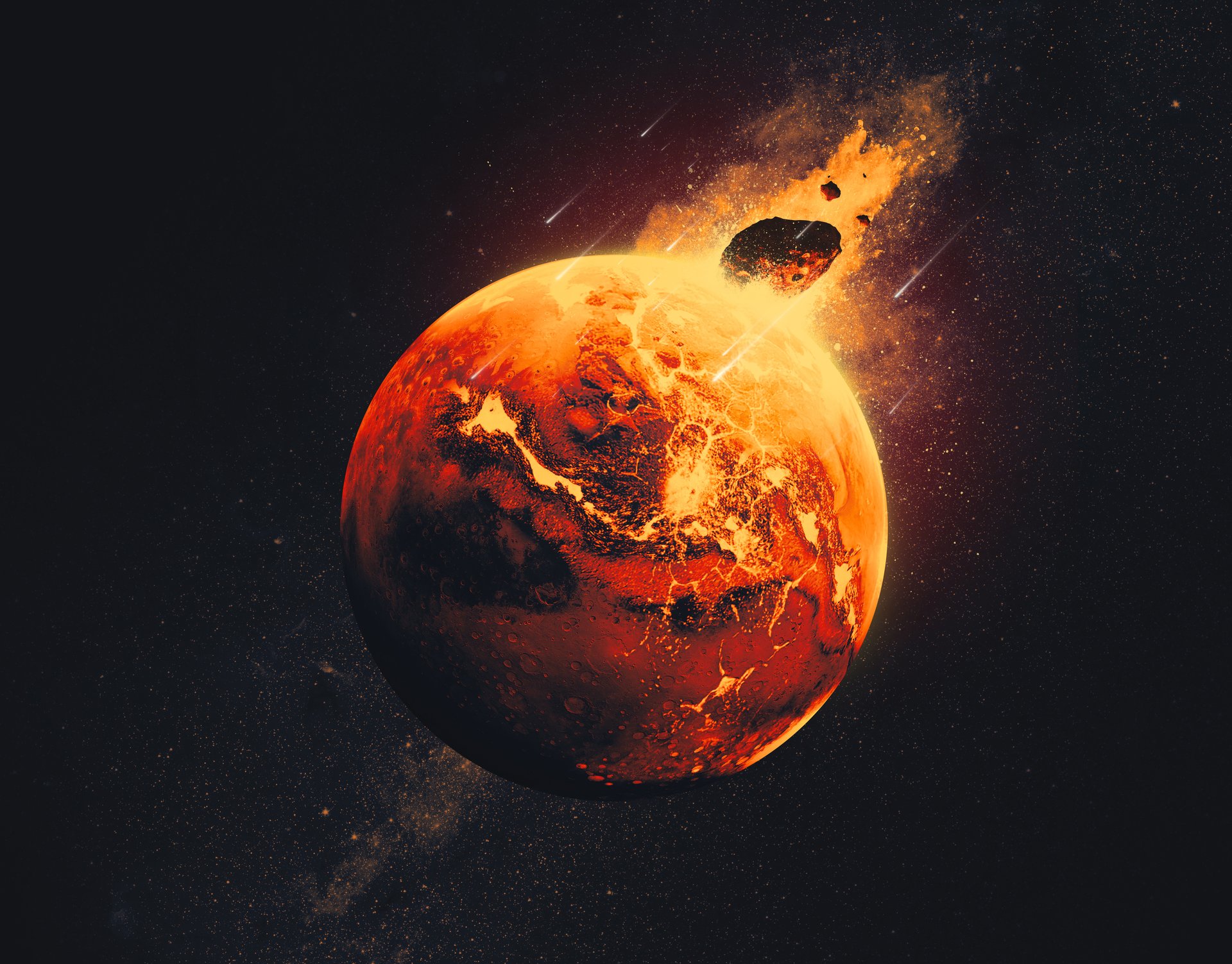
Rocky material that impacted Mars lies scattered in giant lumps throughout the planet’s mantle, offering clues about Mars’ interior and its ancient past. Data provided by the now-retired InSight lander is shedding light on how this shaped Mars' structure and evolution.
Continue reading
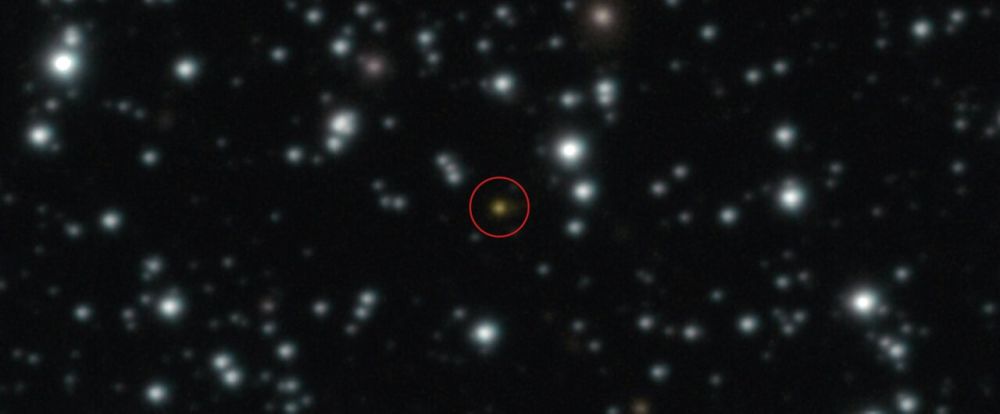
Astronomers have detected an explosion of gamma rays that repeated several times over the course of a day, an event unlike anything ever witnessed before. It took place in a distant galaxy and was first detected on July 2nd. Scientists are trying to understand what could've caused it.
Continue reading
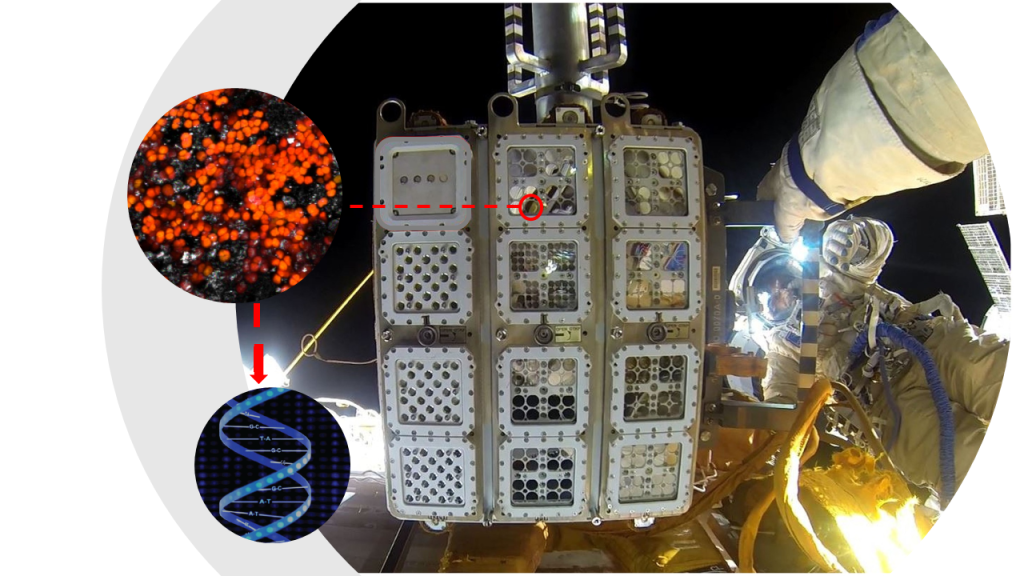
Extremophiles are a favorite tool of astrobiologists. But not only are they good for understanding the kind of extreme environments that life can survive in, sometimes they are useful as actual tools, creating materials necessary for other life, like oxygen, in those extreme environments. A recent paper from Daniella Billi of the University of Rome Tor Vergata , published in pre-print form in Acta Astronautica, reviews how one particular extremophile fills the role of both useful test subject and useful tool all at once.
Continue reading
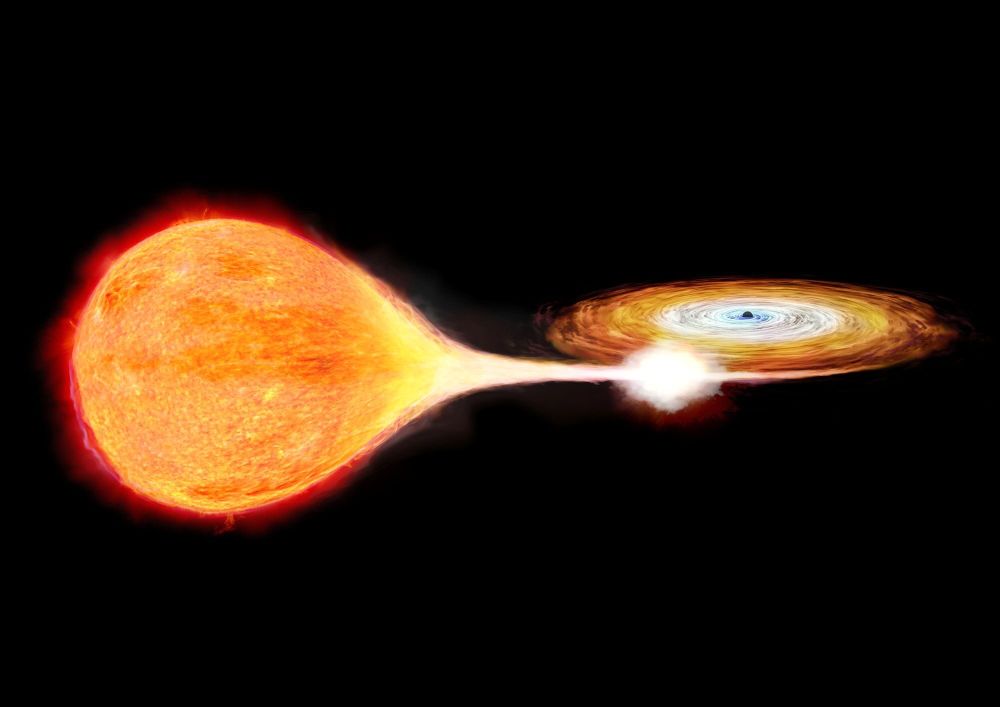
Stellar mass black holes have only a few solar masses, and are much different from their gigantic counterparts, supermassive black holes. When these modestly-massive black holes are actively accreting matter, new research shows that the process is anything but orderly. Instead, it's characterized by different velocities, different ionization zones, and other complexities.
Continue reading
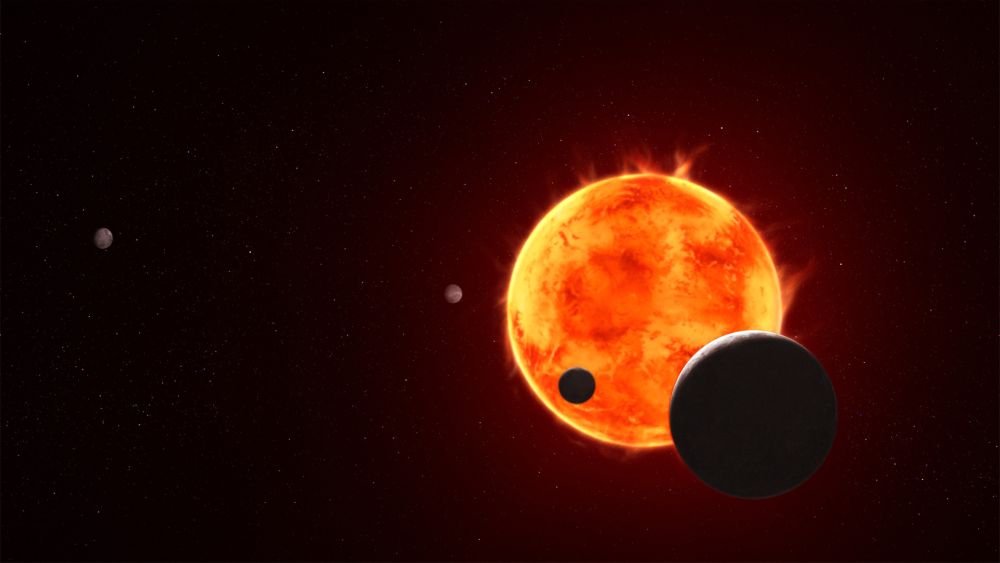
The JWST has begun examining the atmosphere of the habitable zone planet TRAPPIST-1 e. It's not finished yet, but the first observations indicate that the the planet hasn't retained its primary, or original, atmosphere. The TRAPPIST-1 star exhibits powerful flaring that likely stripped it away.
Continue reading
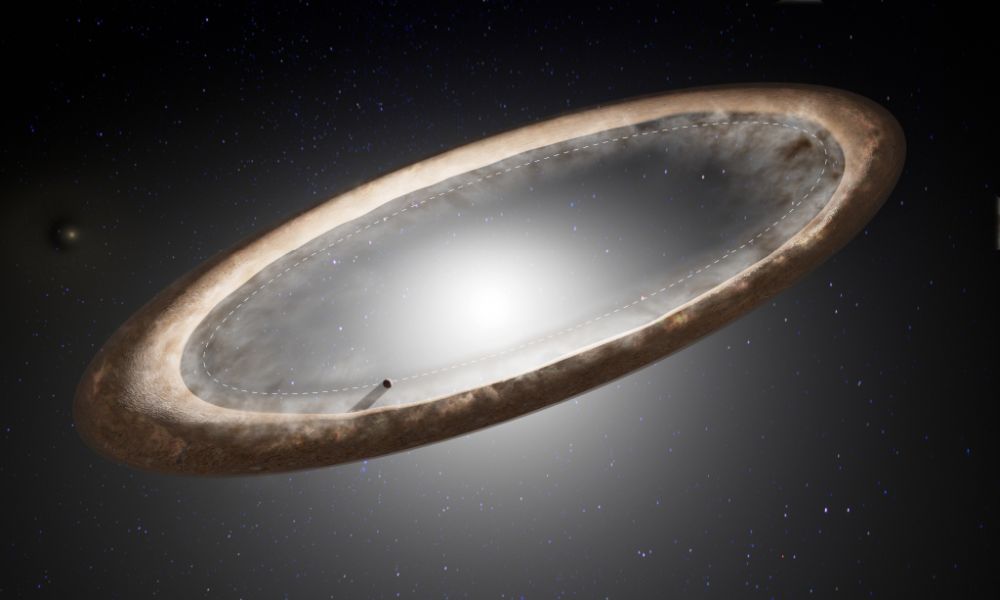
Fomalhaut is one of the brightest stars in the night sky and has been observed in great detail for decades. Some research suggests it hosts exoplanets, while other research counters that. The latest observations of the star's disk with ALMA favour the existence of a planet.
Continue reading
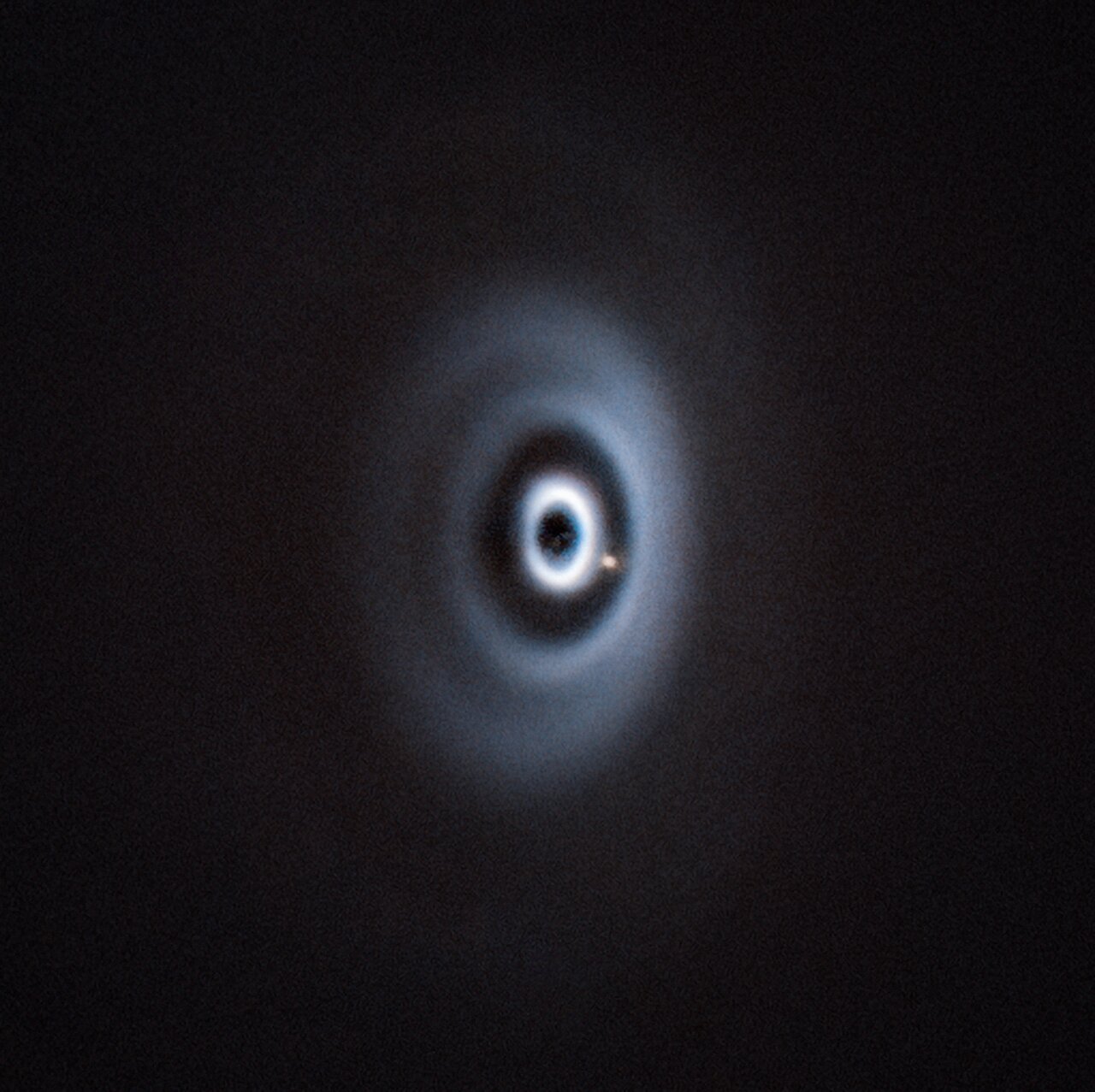
Circumstellar discs are believed to be key components in planetary formation. However, we have very little actual evidence of planets growing in the “rings” that surround young stars. So planet formation theorists were ecstatic to learn that two new papers in Astrophysical Journal Letters describe a planet that is actively forming in the gap it most likely created in the ring system of a young, Sun-like star.
Continue reading
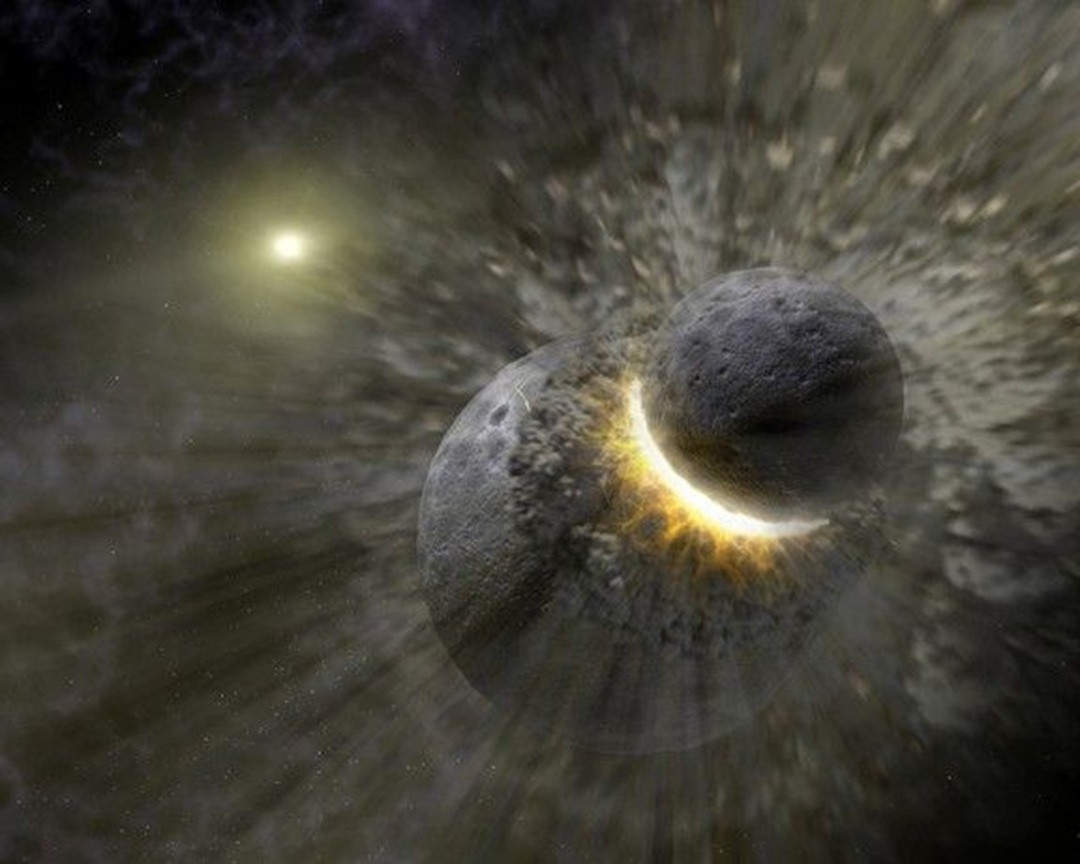
After the formation of the Solar System, it took a maximum of three million years for primordial Earth's chemical composition to settle. At the time, there was hardly any water, carbon compounds, or other ingredients necessary for life to emerge. Only a planetary collision that came later would have brought water to Earth, according to a new study by researchers from the Institute of Geological Sciences at the University of Bern.
Continue reading
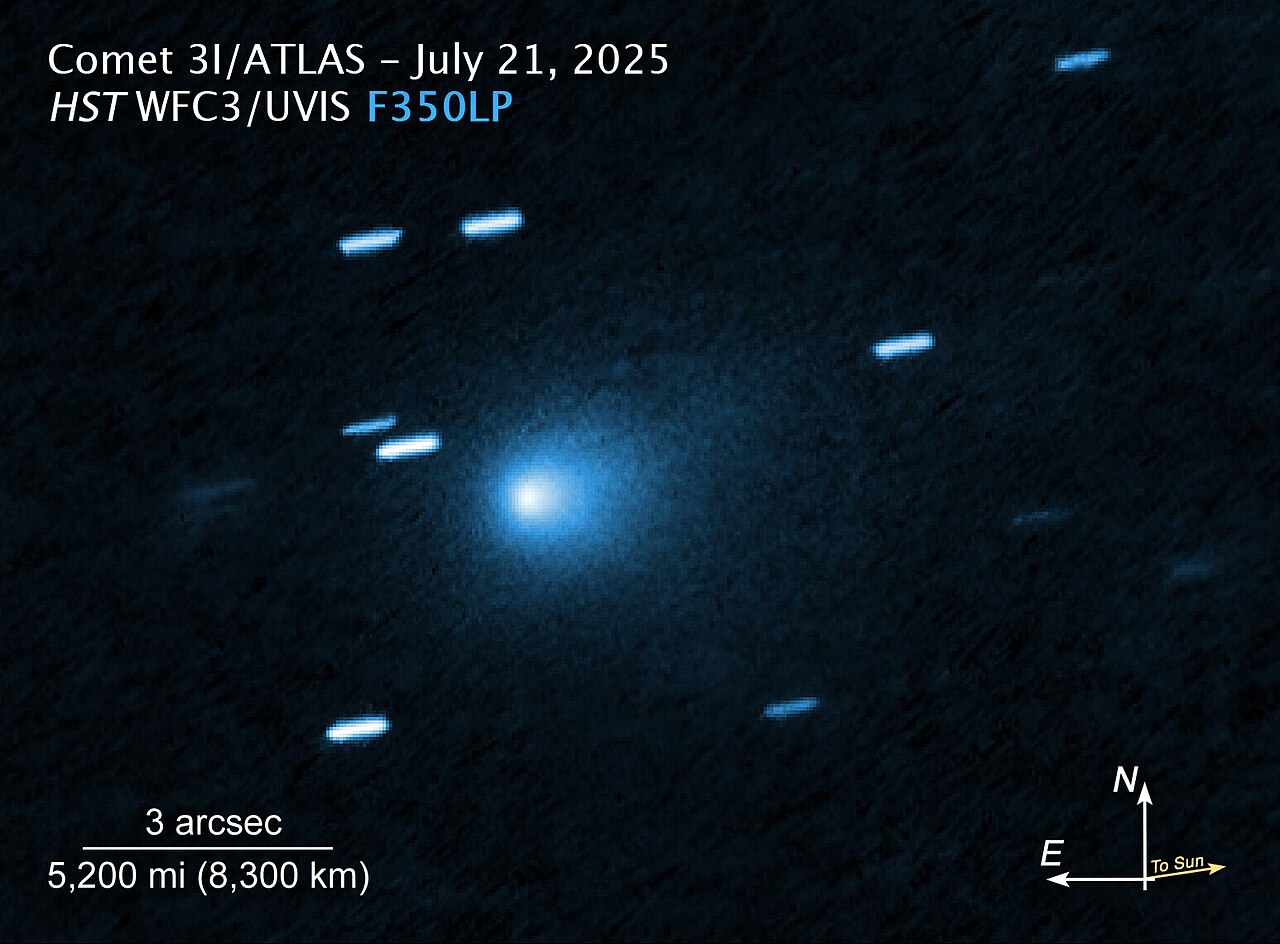
A new development study from the Southwestern Research Institute outlines a possible mission that could rendezvous with and explore the interstellar comet 3I/ATLAS.
Continue reading
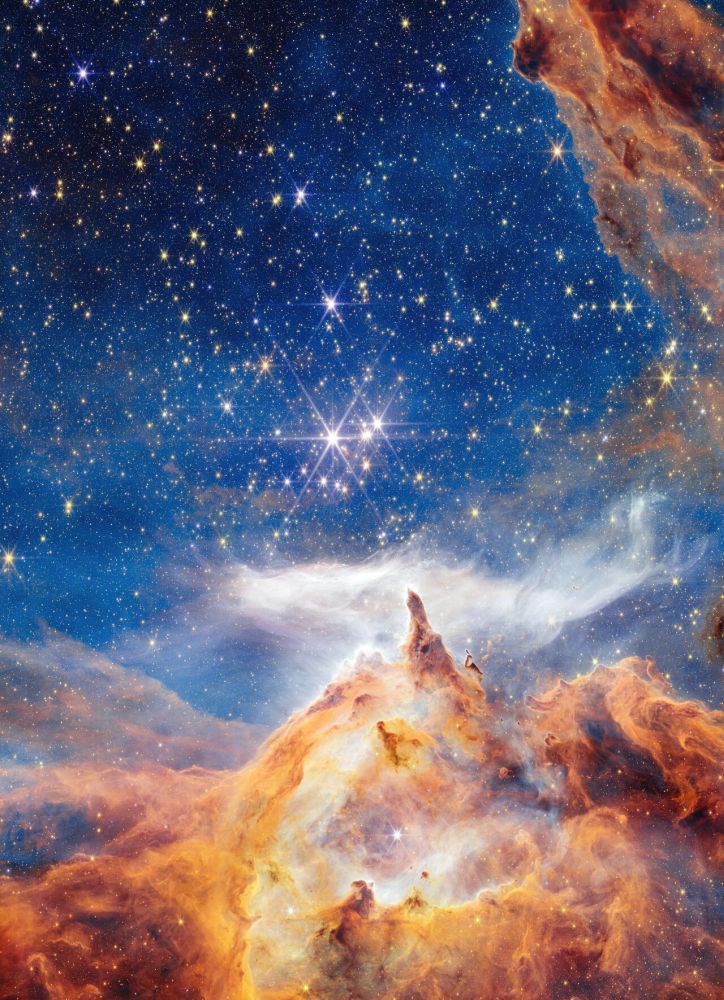
This sparkling scene of star birth was captured by the NASA/ESA/CSA James Webb Space Telescope. What appears to be a craggy, starlit mountaintop kissed by wispy clouds is actually a cosmic dust-scape being eaten away by the blistering winds and radiation of nearby, massive, infant stars.
Continue reading
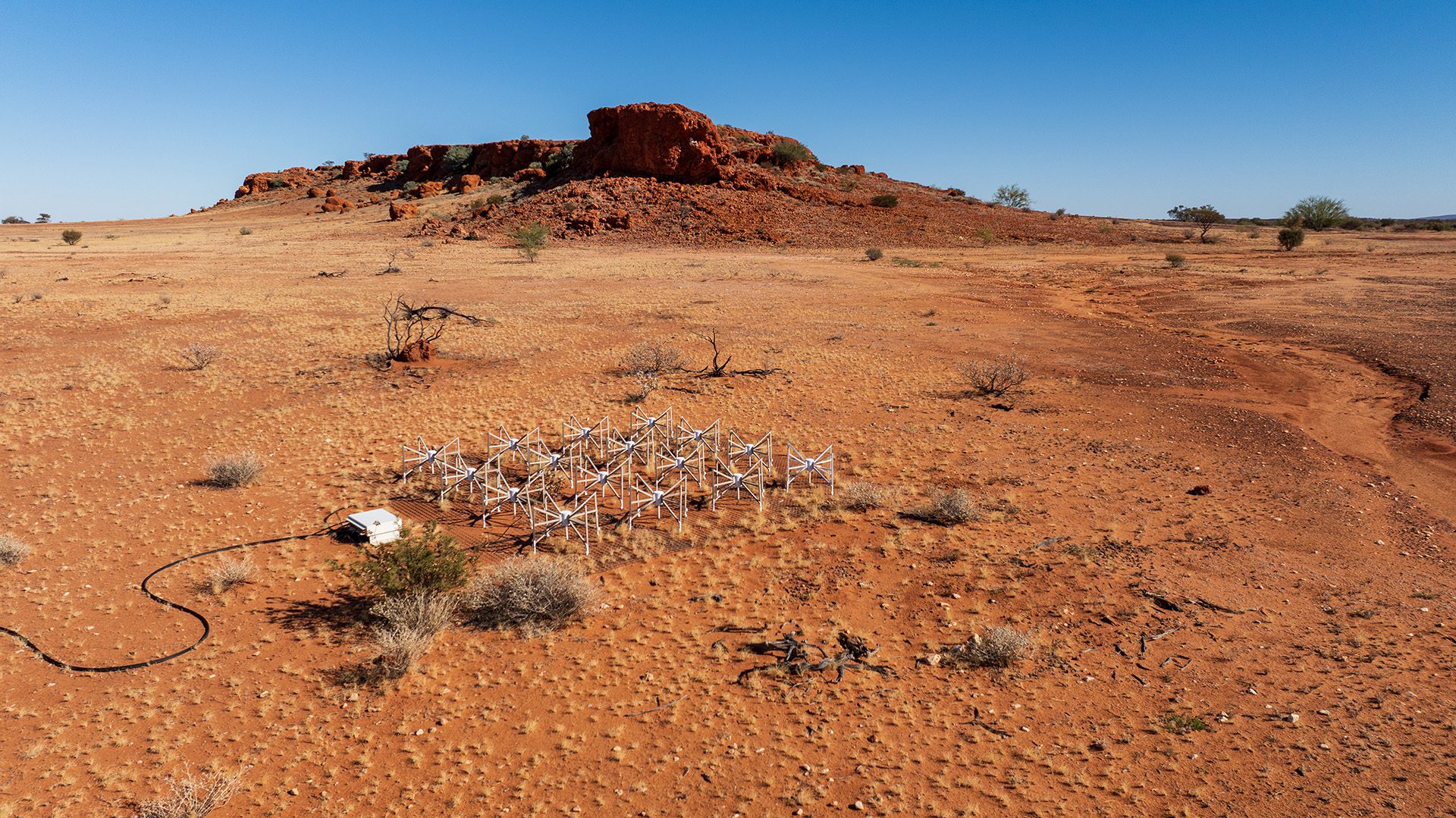
Radio astronomy took another step forward recently, with the completion of Phase III of the Murchison Widefield Array (MWA) in Western Australia. We’ve reported before on how the MWA has investigated everything from SETI signals to the light from the earliest stars. WIth this upgrade, the MWA will continue to operate with much needed improvements while the radio astronomy awaits the completion of the successor it helped enable - the Square Kilometer Array (SKA).
Continue reading
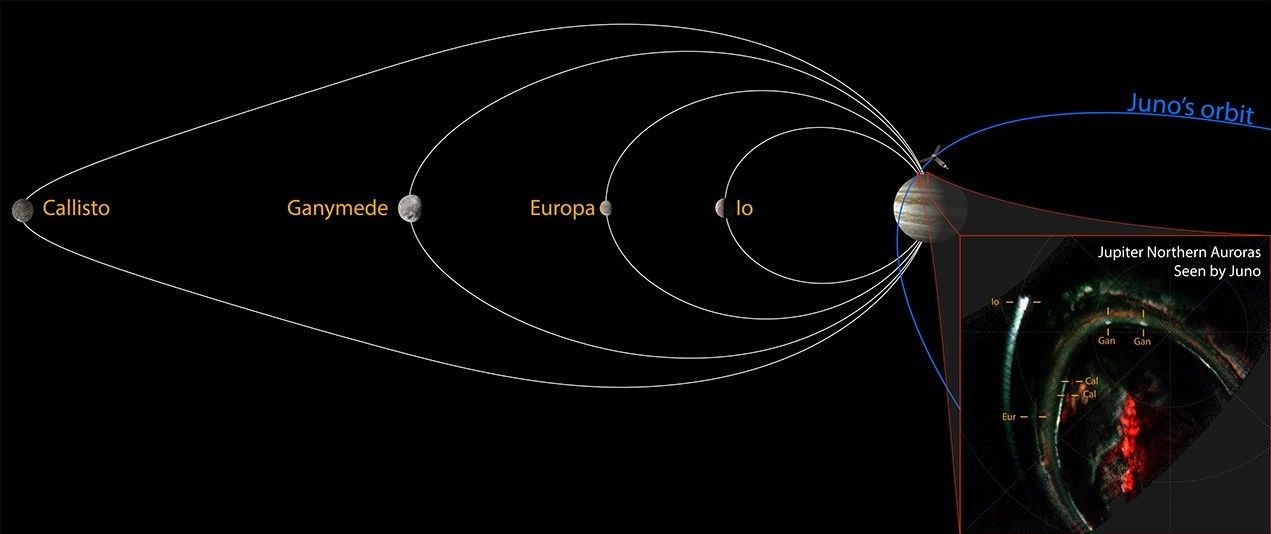
Jupiter hosts the brightest and most spectacular auroras in the Solar System, and its largest moons (the Galileans) create their own auroral signatures known as “satellite footprints” in the planet’s atmosphere. Until now, astronomers had detected the auroral signatures of three Galileans (Io, Europa, and Ganymede), but not Callisto. Thanks to an international team, close-up images of Callisto's footprints have been seen at last.
Continue reading
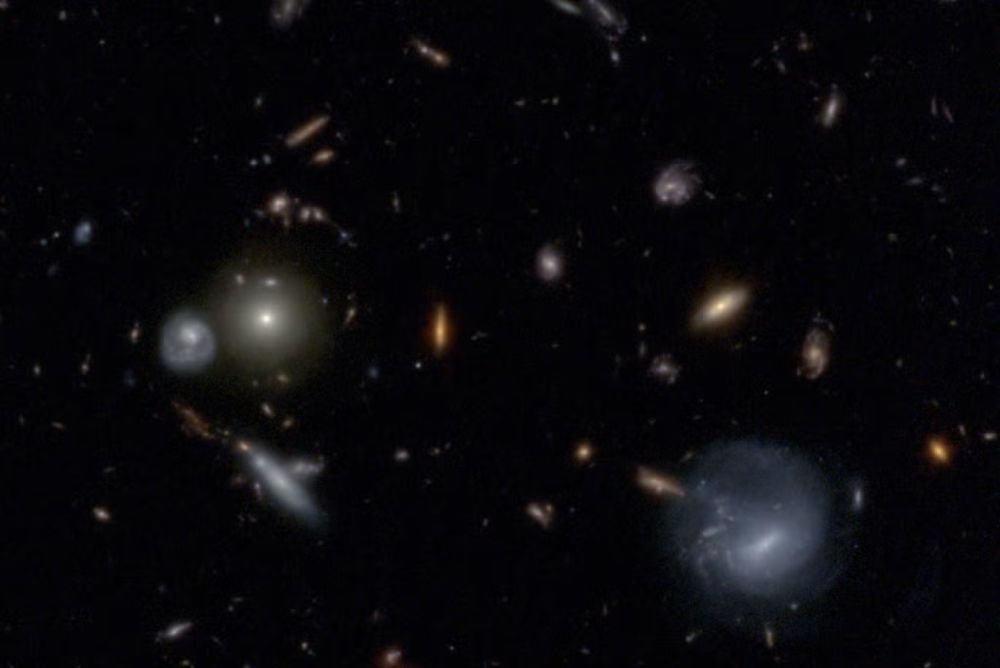
The JWST is performing a new multi-wavelength survey called MINERVA (Medium-band Imaging with NIRCam to Explore ReVolutionary Astrophysics). It'll study four extragalactic fields in greater detail and depth, and will help us understand the Cosmic Dawn.
Continue reading
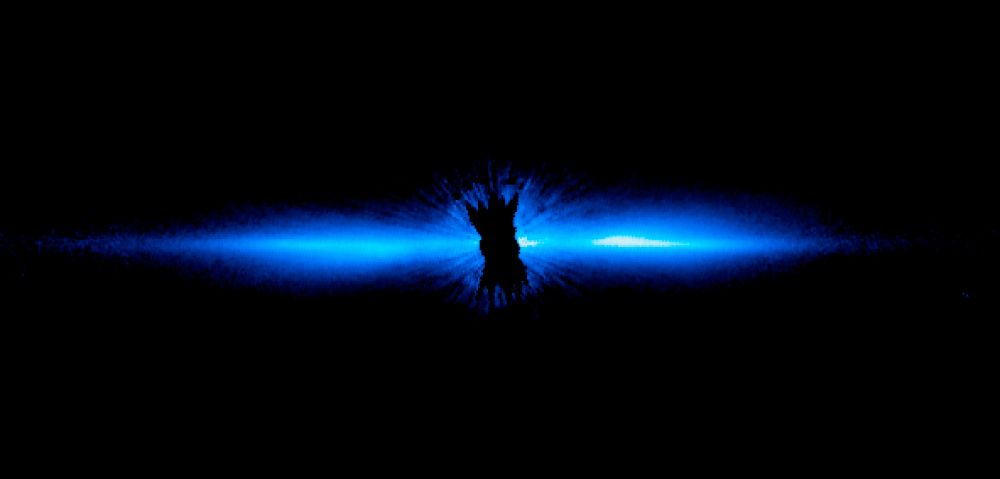
Astronomers struggle to detect small exoplanets directly. One tool they use is to search for the effects these planets have on debris disks around stars. Clues in these disks tell astronomers where they can find sub-Jupiter mass exoplanets.
Continue reading
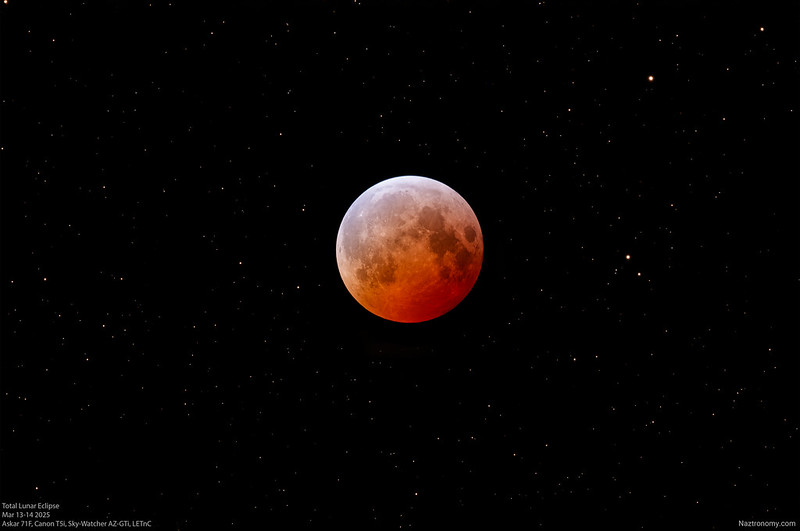
Live in the eastern hemisphere? If skies are clear, you have a chance to see a remarkable sight this Sunday night into Monday morning: the ‘Blood Moon’ of a total lunar eclipse. The eclipse favors the Indian Ocean region in its entirety. Europe sees the eclipse already underway at Moonrise, while Australia catches it in progress at Moonset. Only the Americas sit this one out in person... though you can still catch it live online.
Continue reading
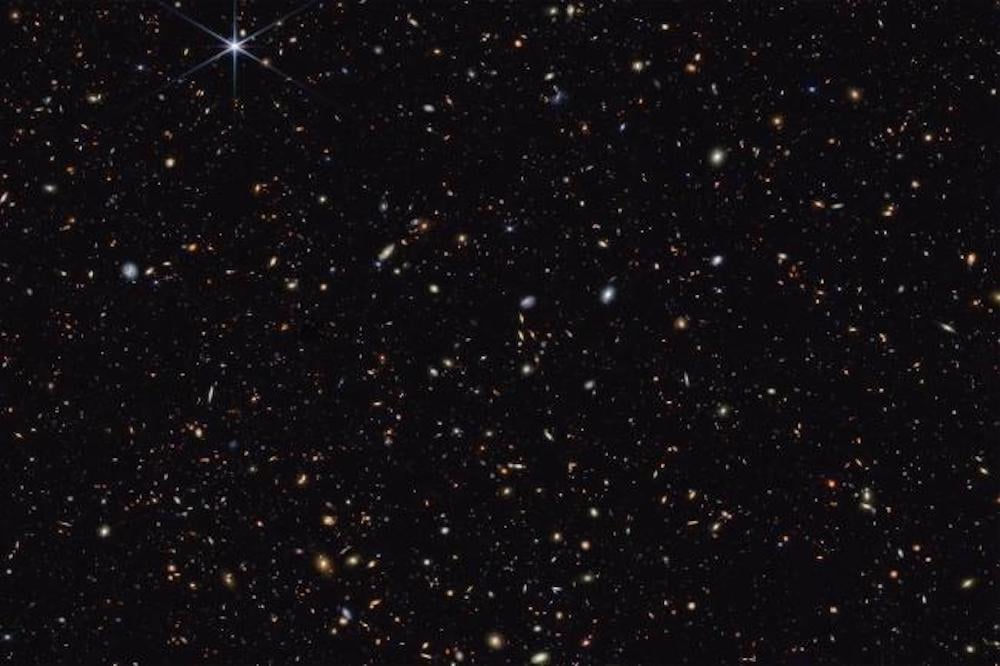
One of the most difficult parts of astronomy is understanding how time affects it. The farther away you look in the universe, the farther back you look in time. One way this complicates things is how objects might change over time. For example, a supermassive black hole at the center of a galaxy in the early universe might appear one way to our modern telescopes, but the same supermassive black hole might appear completely differently a few billion years later. Understanding the connection between the two objects would be difficult to say the least, but a new paper from researchers at the University of Science and Technology in South Korea describes one potential parallel, between the recently discovered “Little Red Dots” of the early universe and “BlueDOGs” of the slightly later universe.
Continue reading
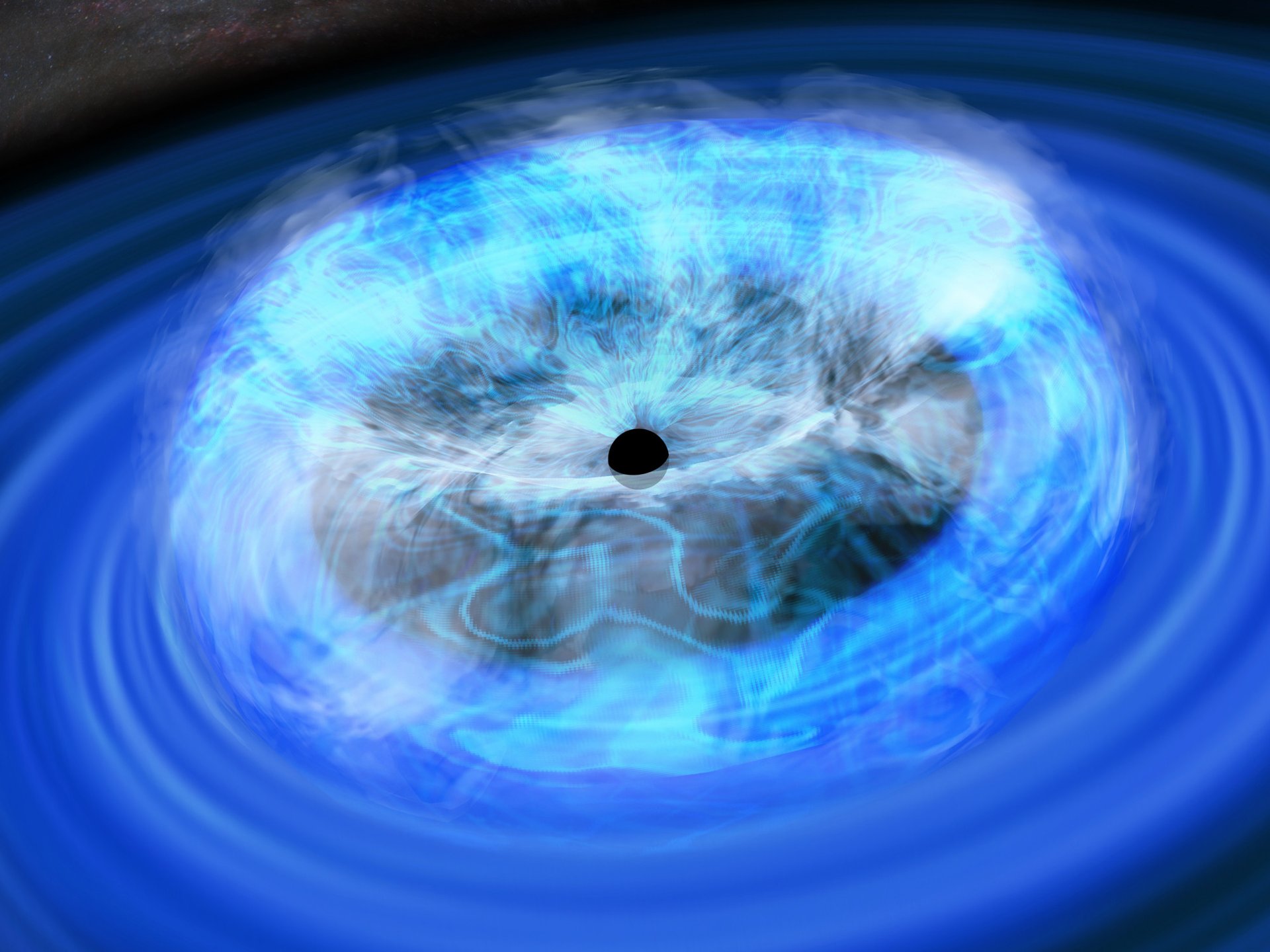
An international team of astronomers led by Matus Rybak (Leiden University, Netherlands) has proven, thanks to accidental double zoom, that millimetre radiation is generated close to the core of a supermassive black hole. Their findings have been accepted for publication in the journal Astronomy & Astrophysics.
Continue reading
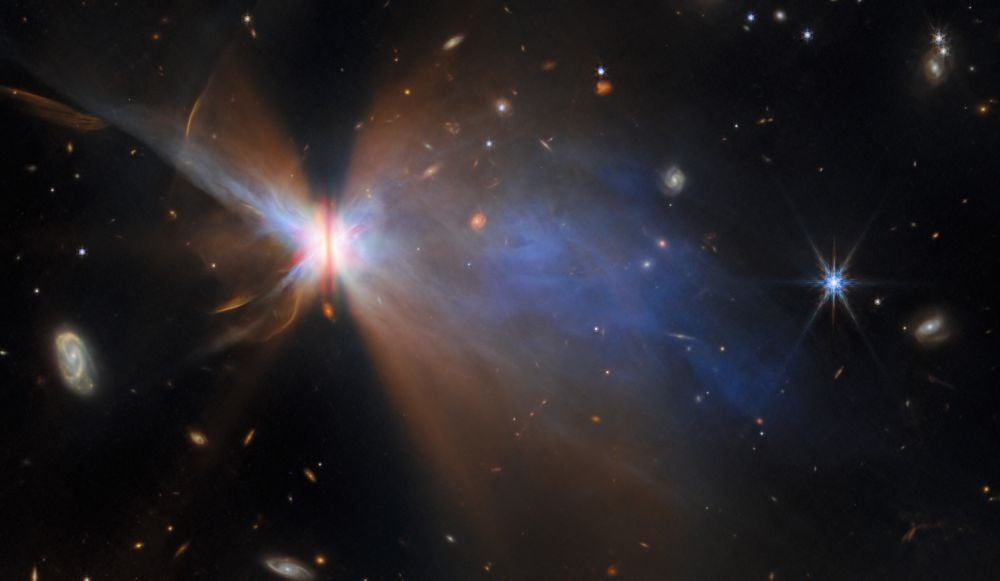
The so-called Butterfly star gets its name from its edge-on appearance. The star's protoplanetary disk blocks out starlight revealing a nebula, or butterfly wing, on each side. Deeper JWST observations show the disk is tilted and asymmetrical, which affects how planets form.
Continue reading

Water is key to life as we know it. But that doesn’t mean its key to life everywhere. Despite the fact that the ability to house liquid water is one of the key characteristics we look for in potentially habitable exoplanets, there is nothing written in stone about the fact that life has to use water as a solvent as opposed to other liquid options. A new paper from researchers at MIT, including those who are developing missions to look for life on Venus, shows there might be an alternative - ionic liquids that can form and stay stable in really harsh conditions.
Continue reading
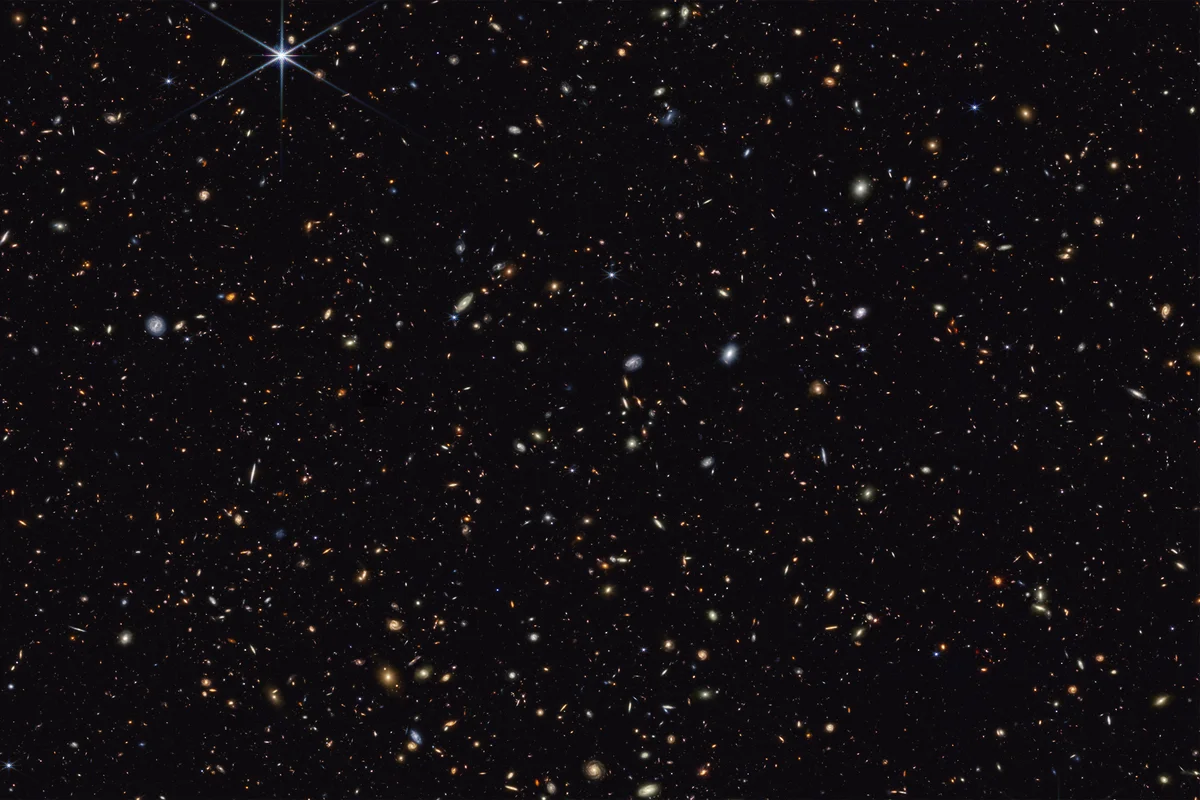
Images taken with the MIRI infrared camera on the James Webb Space Telescope (JWST) have made it possible to observe the first galaxies in long-wavelength infrared light for the first time. Alongside a recent study published in Astronomy and Astrophysics, these images provide new insights into how the first galaxies formed over 13 billion years ago.
Continue reading
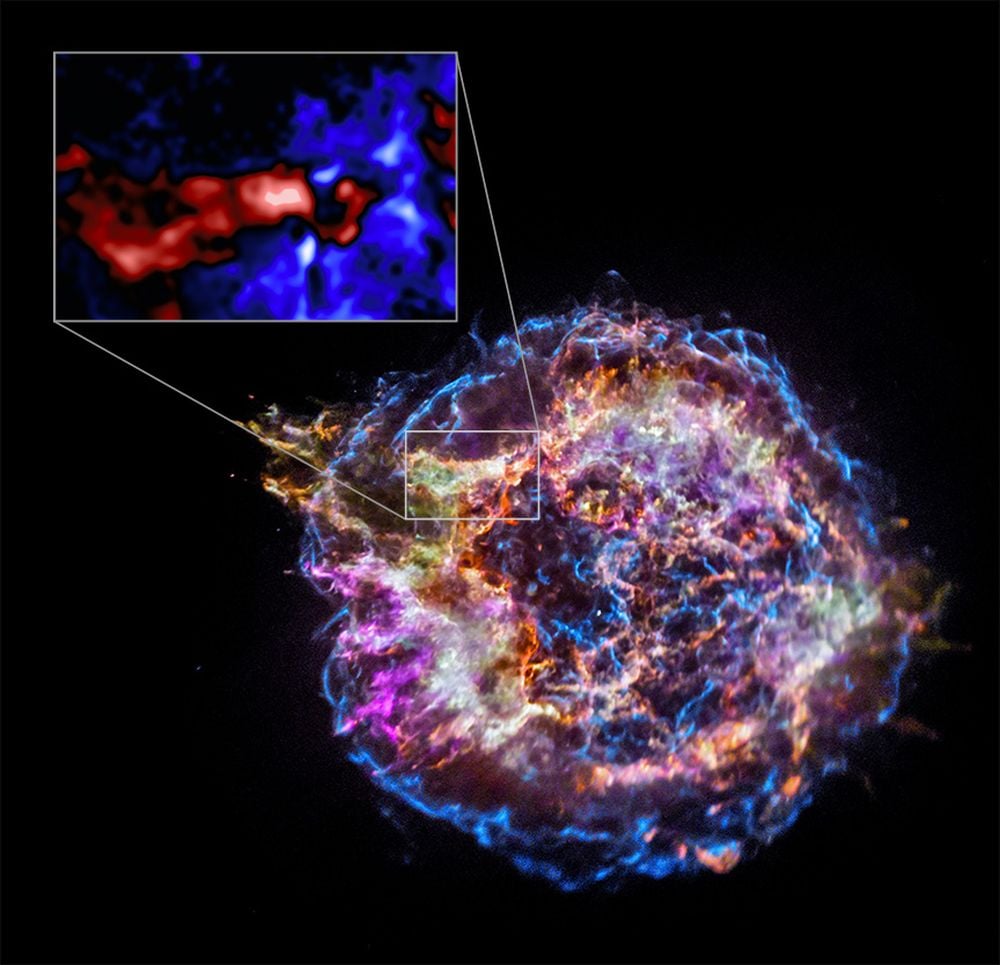
NASA's Chandra Reveals Star's Inner Conflict Before Explosion - https://chandra.si.edu/press/25_releases/press_082825.html
Continue reading
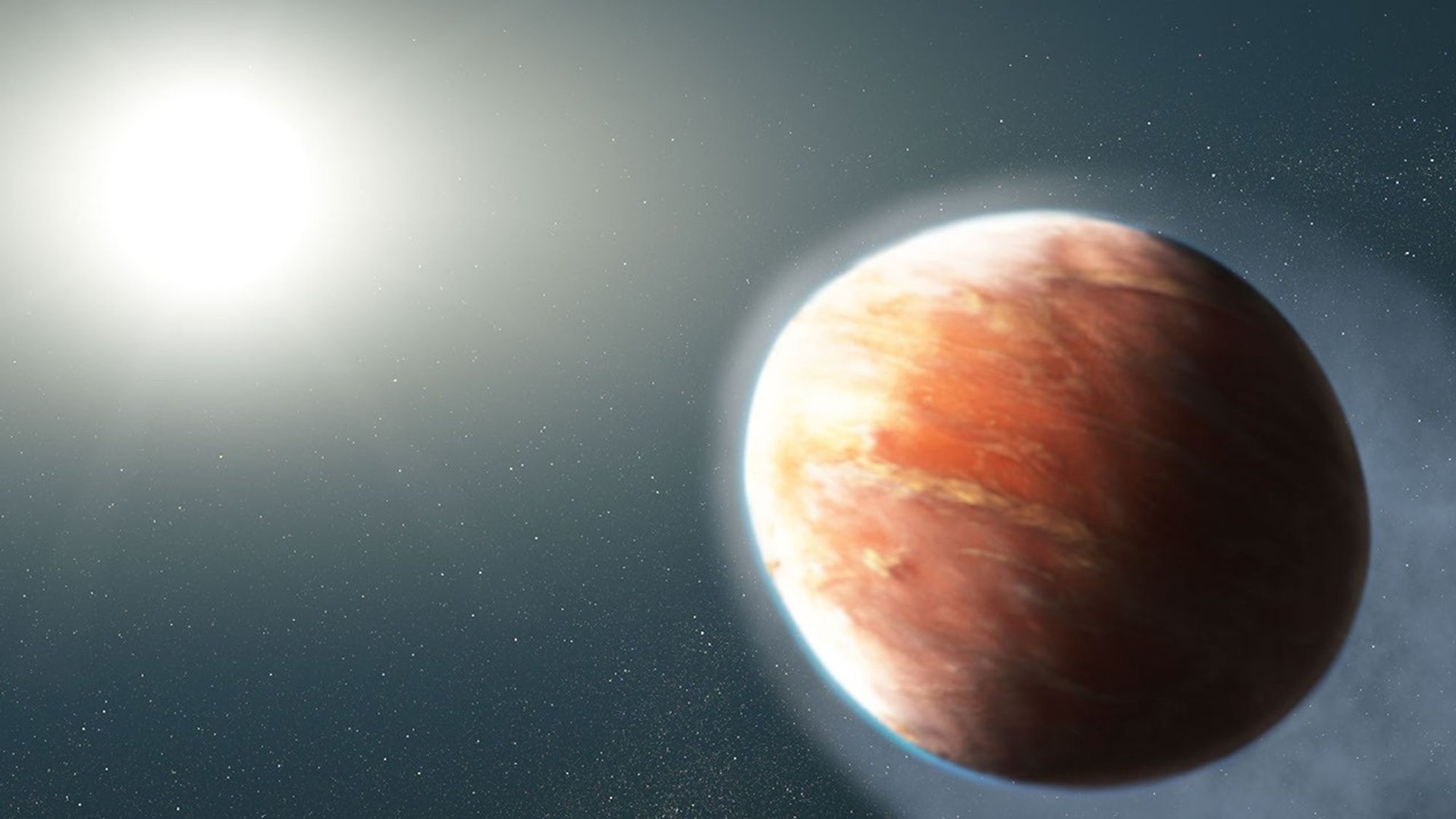
Life is complicated, and not just in a philosophical sense. But one simple thing we know about life is that it requires energy, and to get that energy it needs certain fundamental elements. A new paper in preprint on arXiv from Giovanni Covone and Donato Giovannelli from the University of Naples discusses how we might use that constraint to narrow our search for stars and planets that could potentially harbor life. To put it simply, if it doesn’t have many of the constituent parts of the “building blocks” of life, then life probably doesn't exist there.
Continue reading
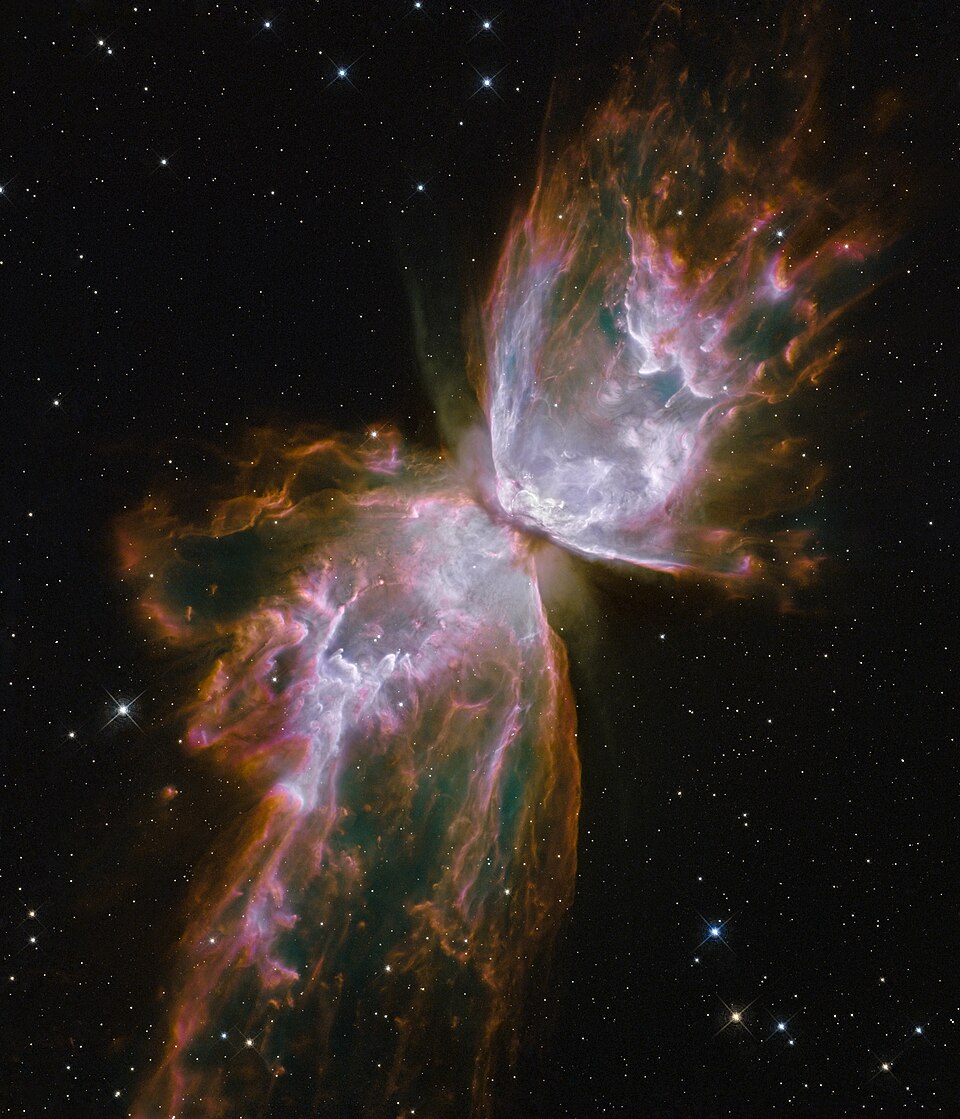
Deep in the constellation Scorpius, about 3,400 light years from Earth, a spectacular cosmic butterfly is revealing fundamental secrets about how worlds like our own came to exist. Using the James Webb Space Telescope, astronomers have peered into the heart of the Butterfly Nebula and discovered clues that could transform our understanding of rocky planet formation.
Continue reading
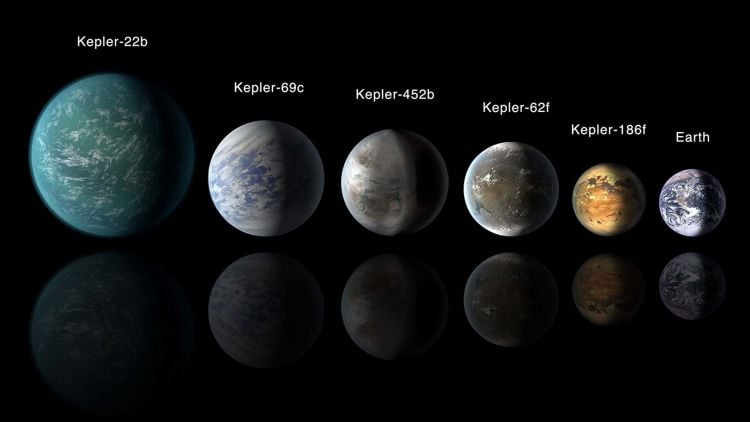
What role can the relationship between oxygen (O2) and ozone (O3) in exoplanet atmospheres have on detecting biosignatures? This is what a recent study submitted to Astronomy & Astrophysics hopes to address as an international team of researchers investigated novel methods for identifying and analyzing Earth-like atmospheres. This study has the potential to help scientists develop new methods for identifying exoplanet biosignatures, and potentially life as we know it.
Continue reading
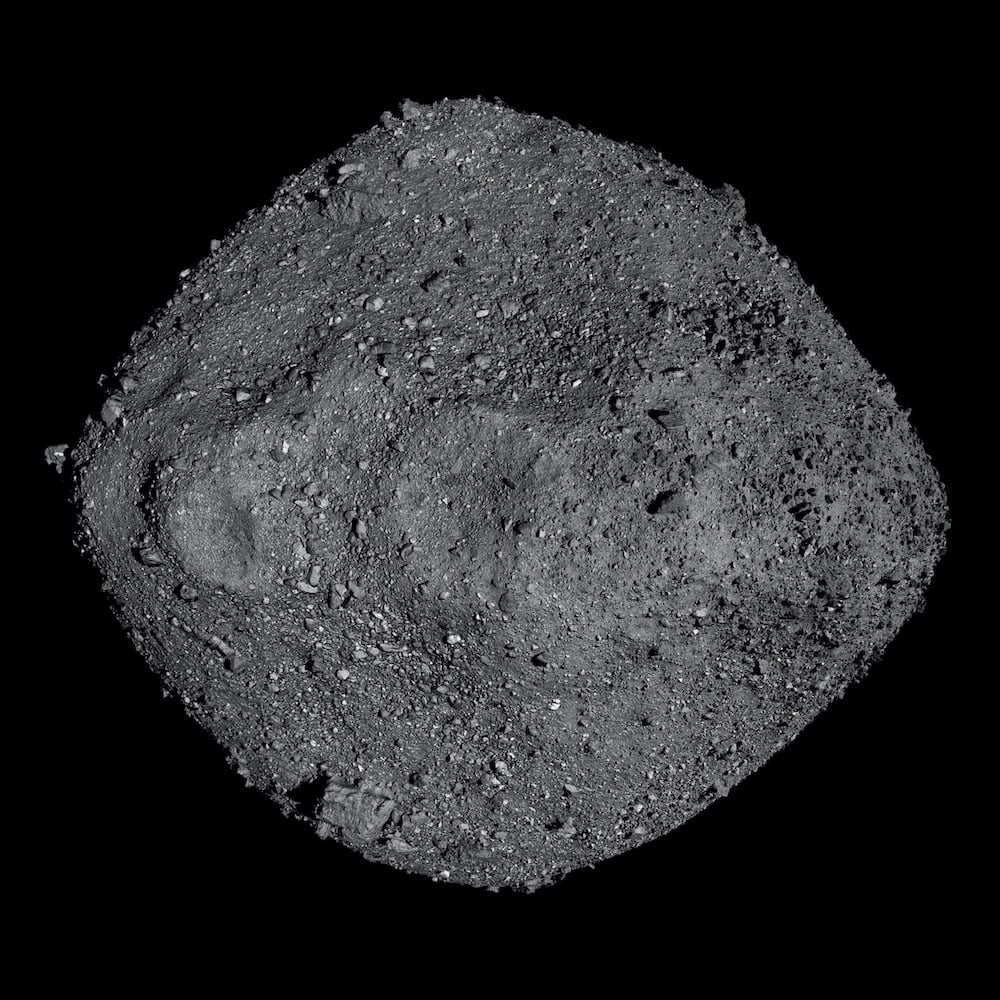
When NASA's OSIRIS-REx spacecraft returned from its mission to asteroid Bennu in 2023, it brought back more than just ancient space rocks, it delivered answers to puzzles that have baffled astronomers for years. Among the most intriguing questions was why asteroids that should look identical through telescopes appear strikingly different colours from Earth.
Continue reading
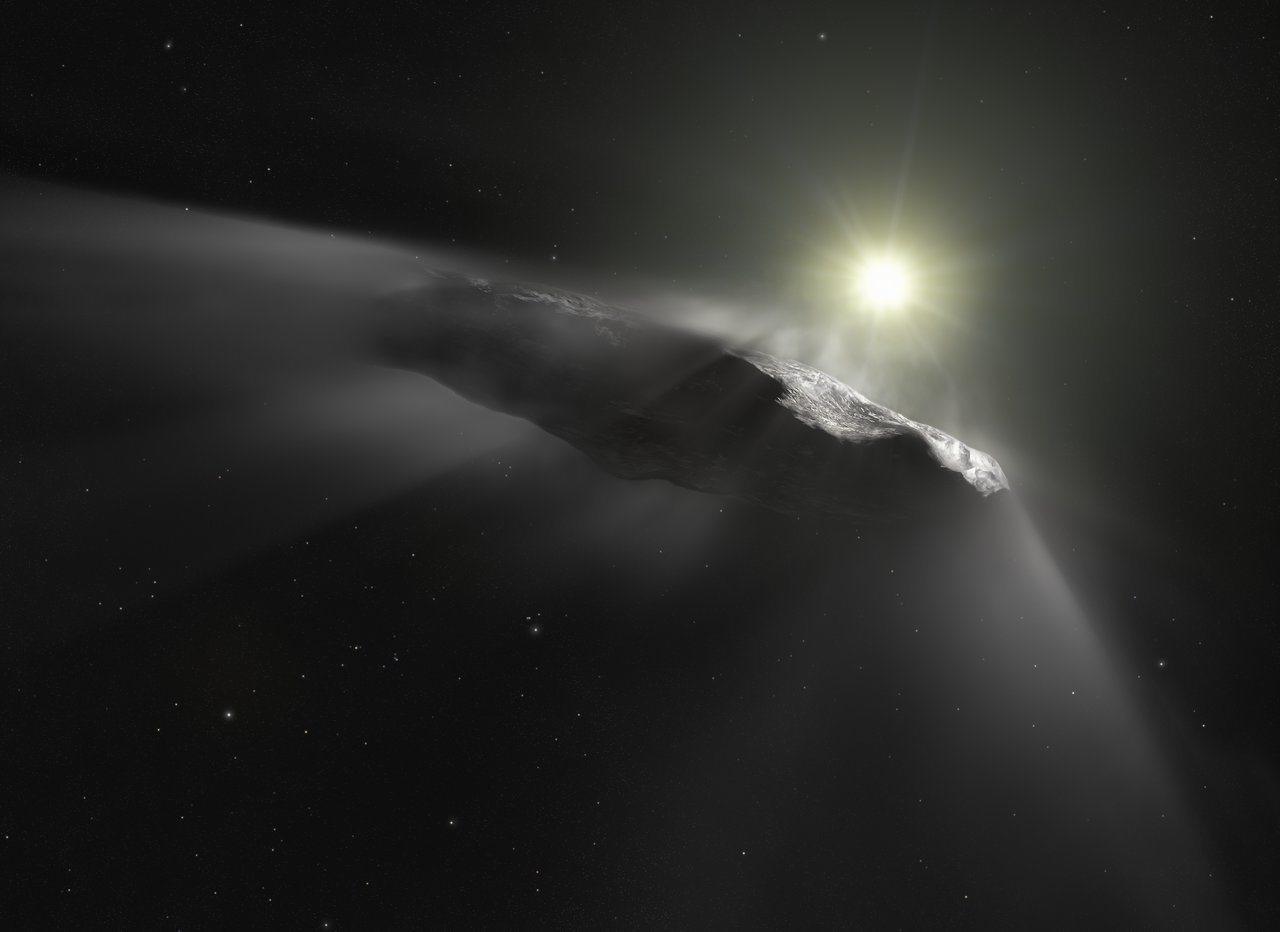
The recent discovery of the third known interstellar object (ISO), 3I/ATLAS, has brought about another round of debate on whether these objects could potentially be technological in origin. Everything from random YouTube channels to tenured Harvard professors have thoughts about whether ISOs might actually be spaceships, but the general consensus of the scientific community is that they aren’t. Overturning that consensus would require a lot of “extraordinary evidence”, and a new paper led by James Davenport at the DiRAC Institute at the University of Washington lays out some of the ways that astronomers could collect that evidence for either the current ISO or any new ones we might find.
Continue reading
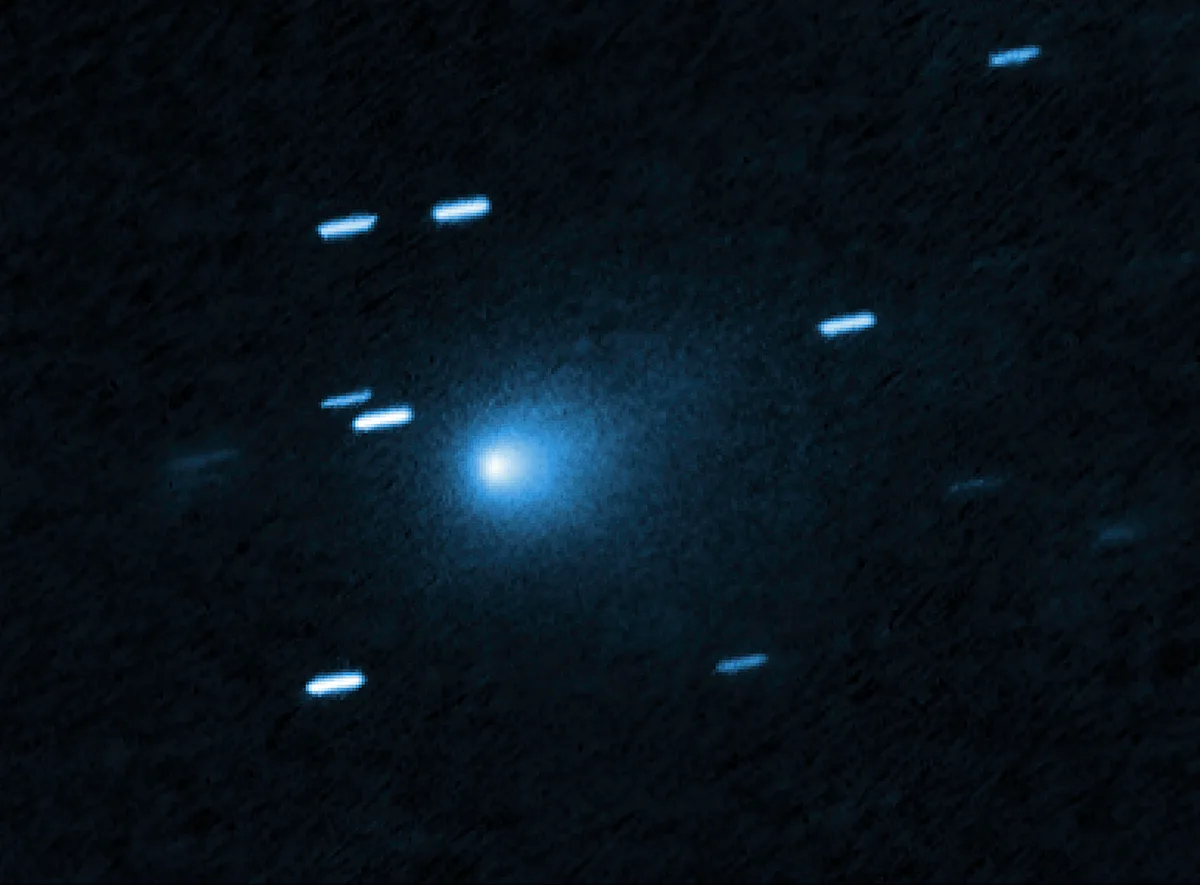
All (or at least most) astronomical eyes are on 3I/ATLAS, our most recent interstellar visitor that was discovered in early July. Given its relatively short observational window in our solar system, and especially its impending perihelion in October, a lot of observational power has been directed towards it. That includes the most powerful space telescope of them all - and a recent paper pre-printed on arXiv describes what the James Webb Space Telescope (JWST) discovered in the comet’s coma. It wasn’t like any other it had seen before.
Continue reading

 Universe Today
Universe Today
















































